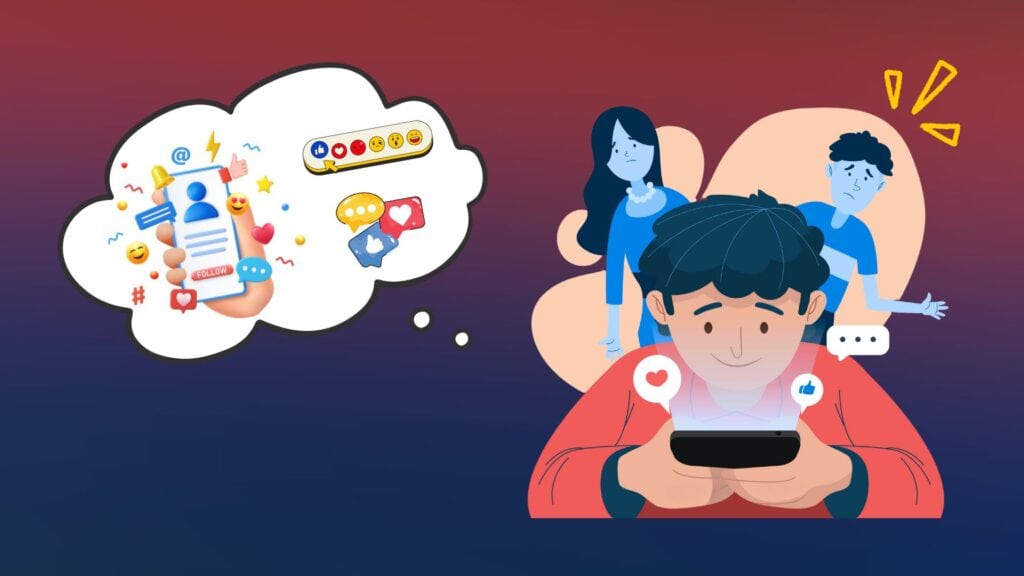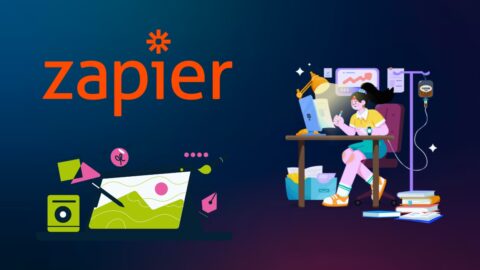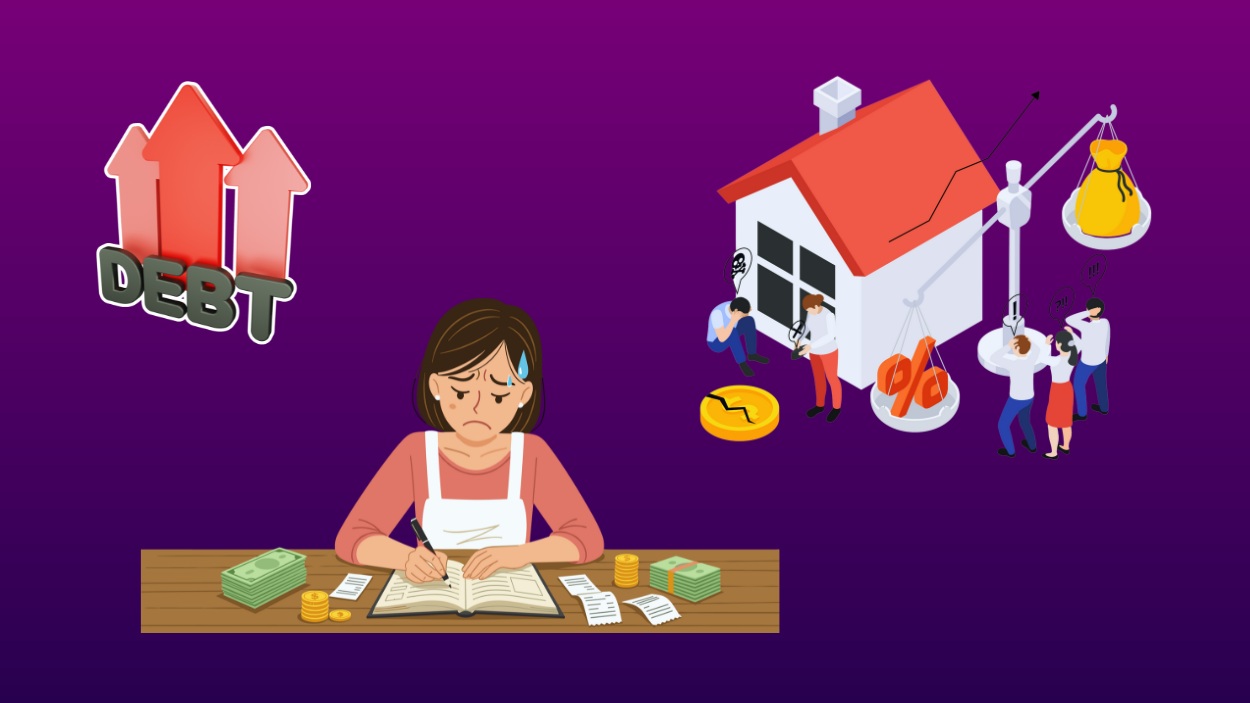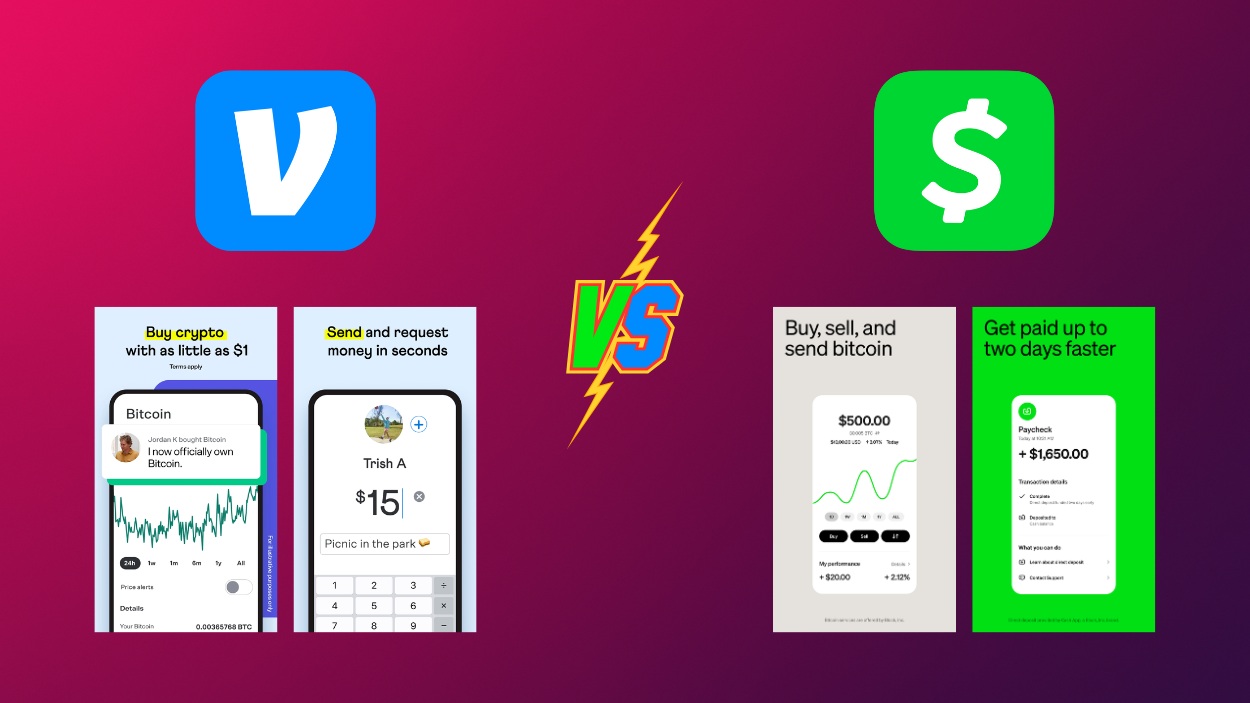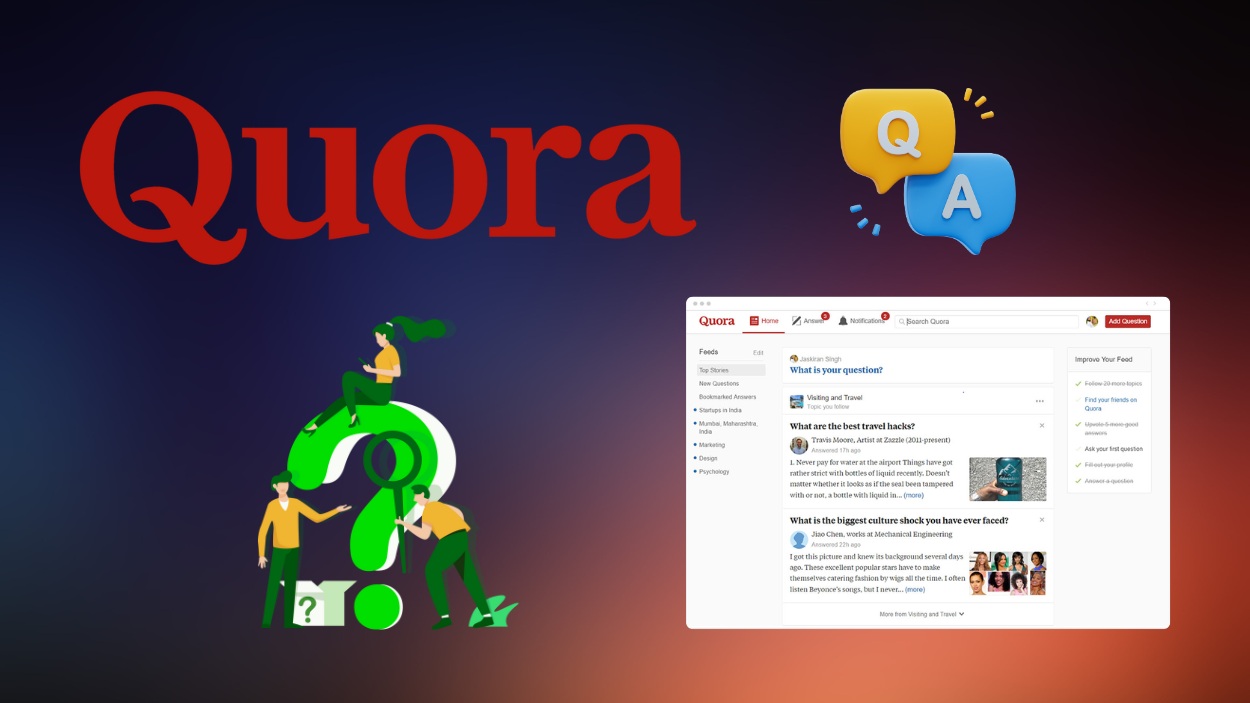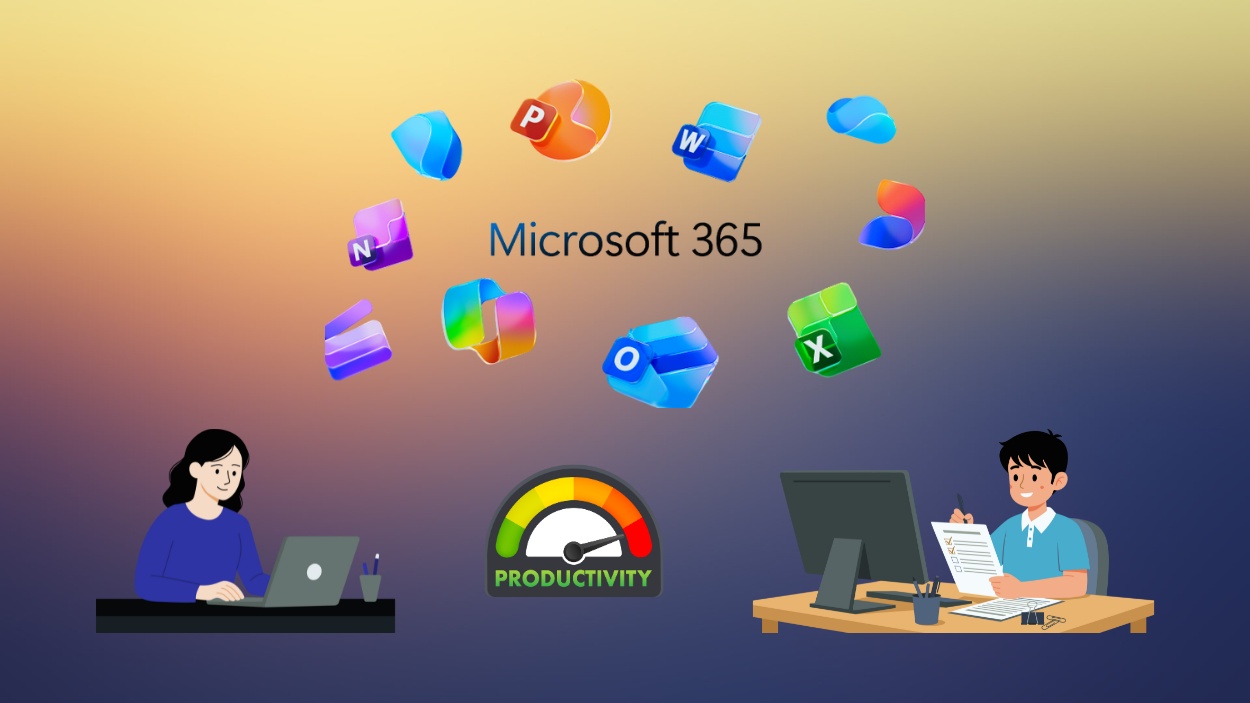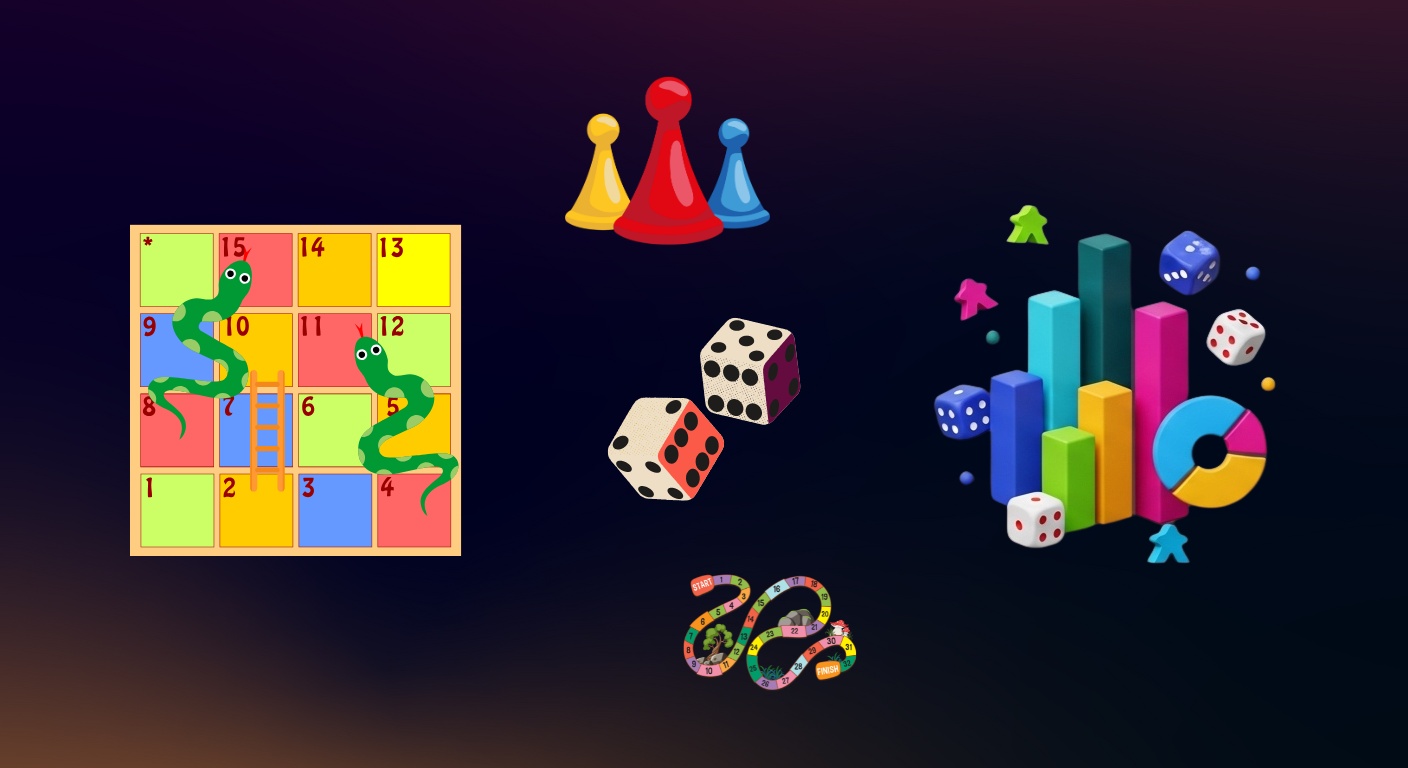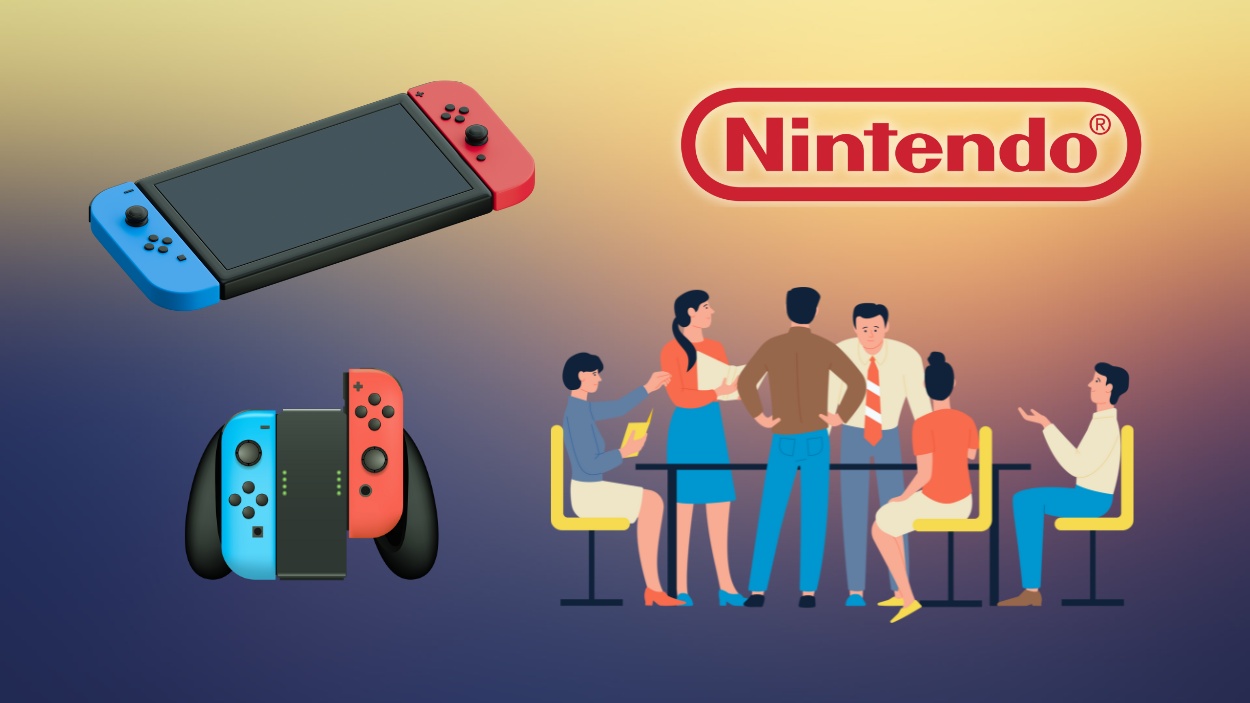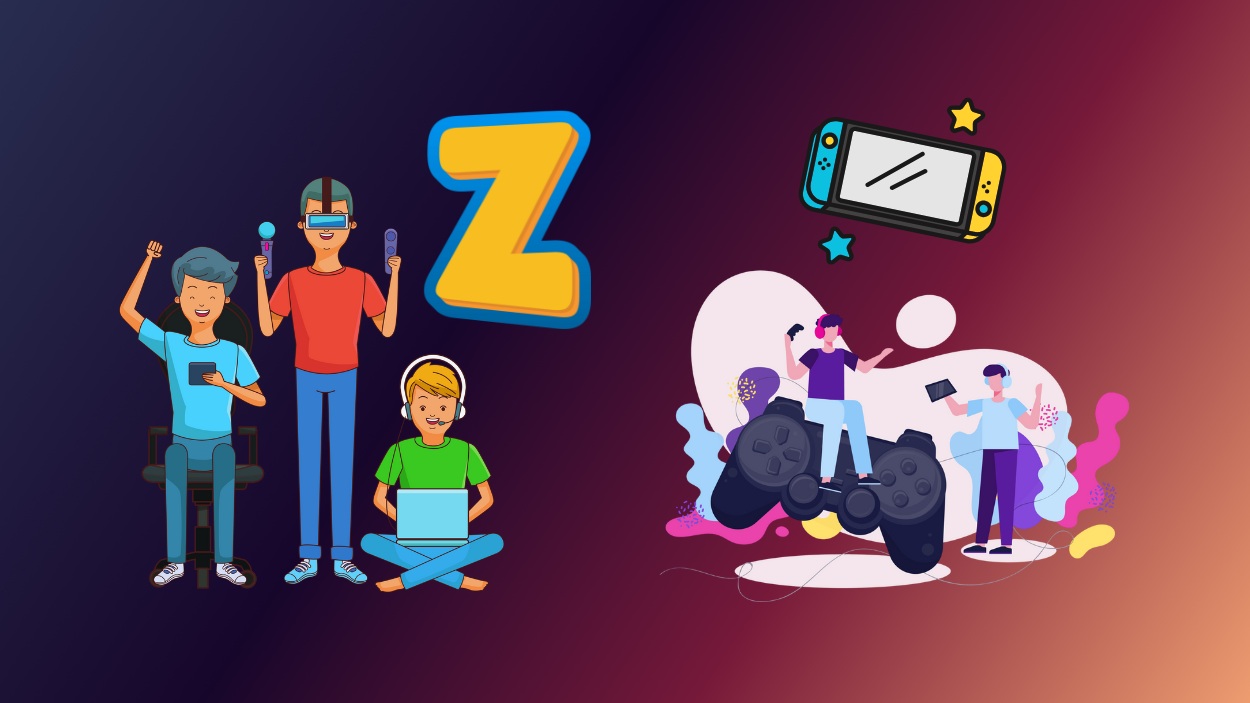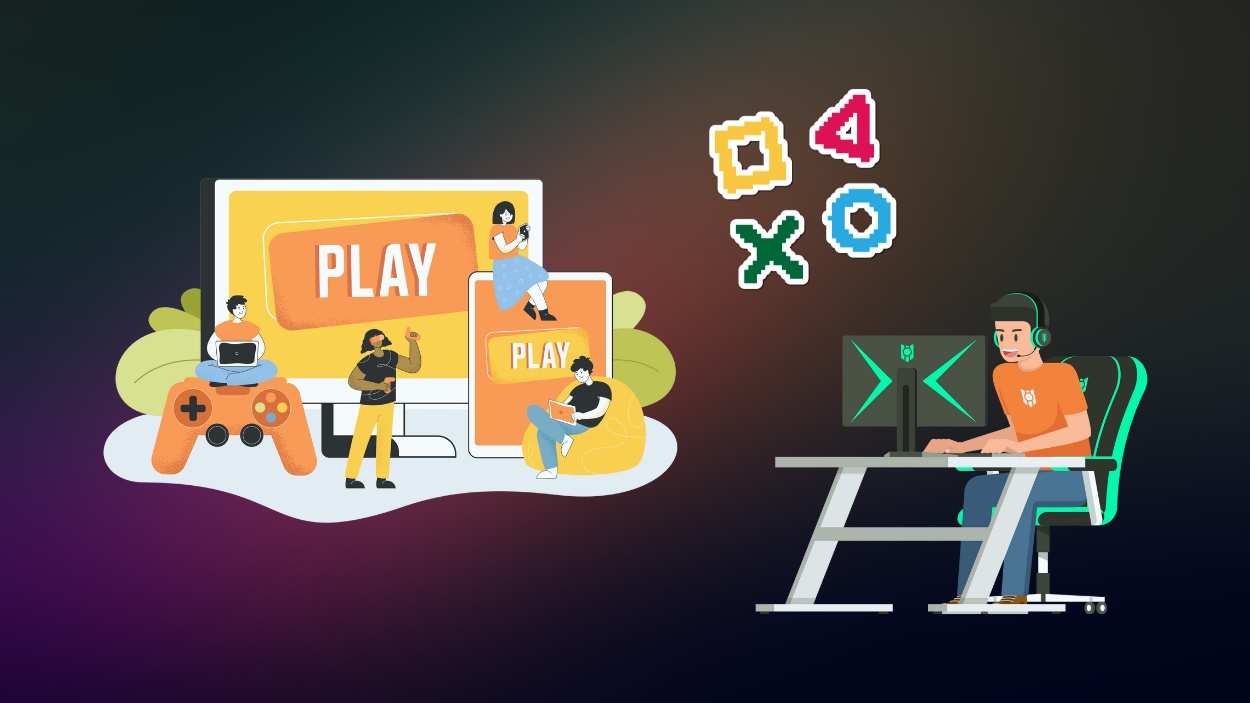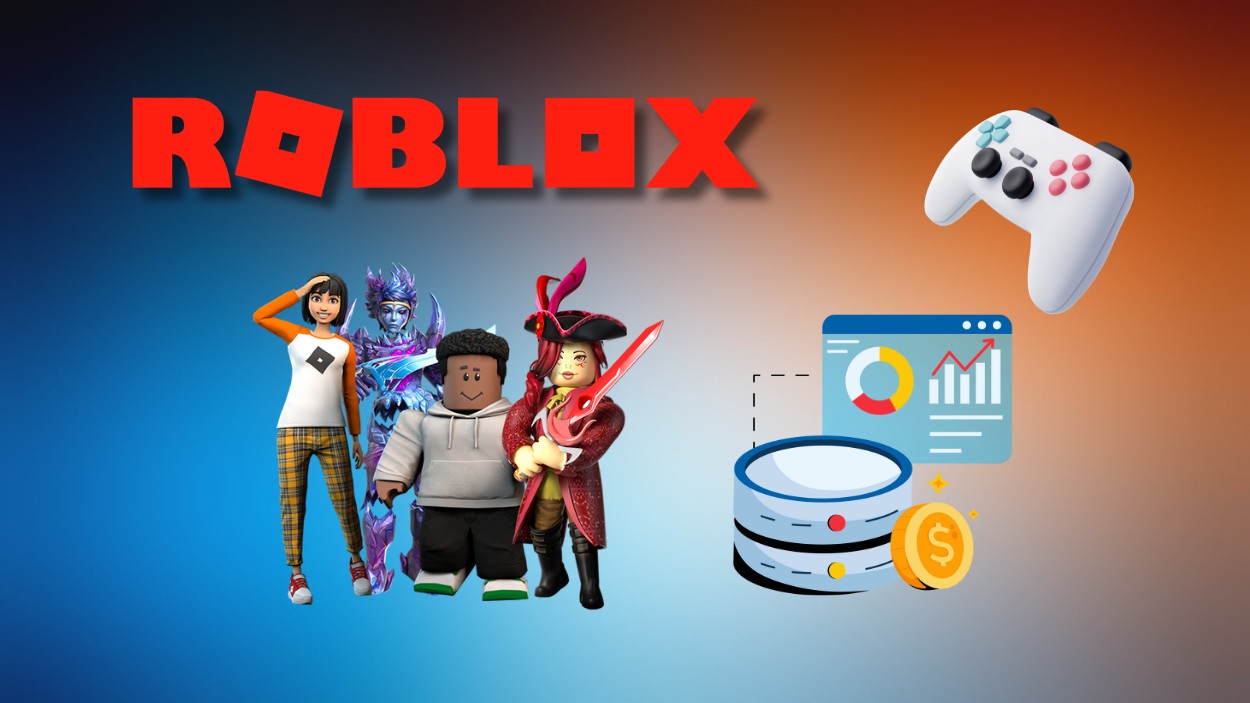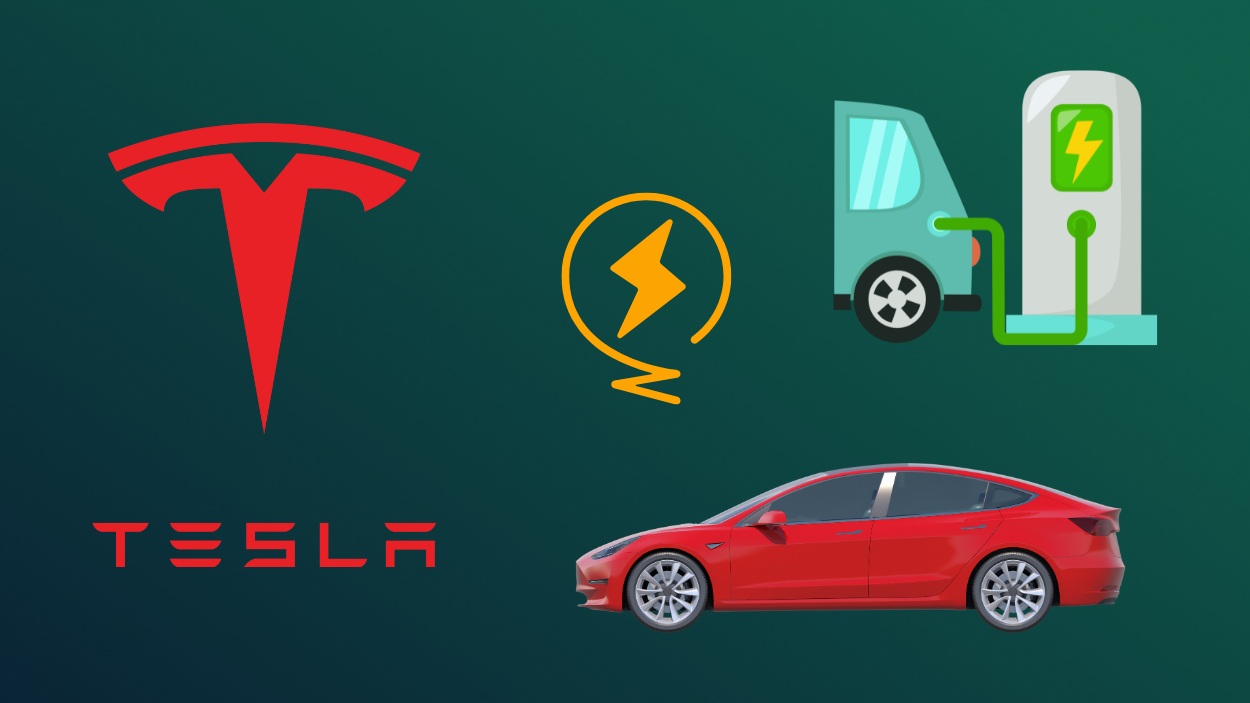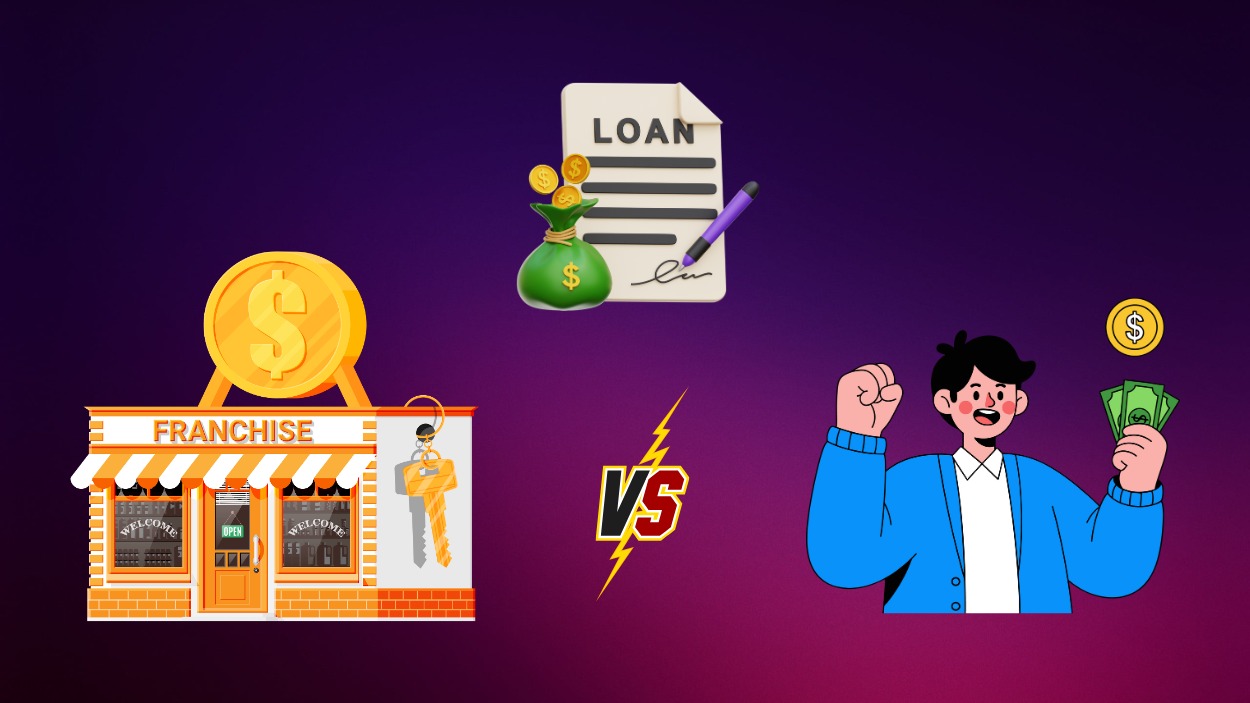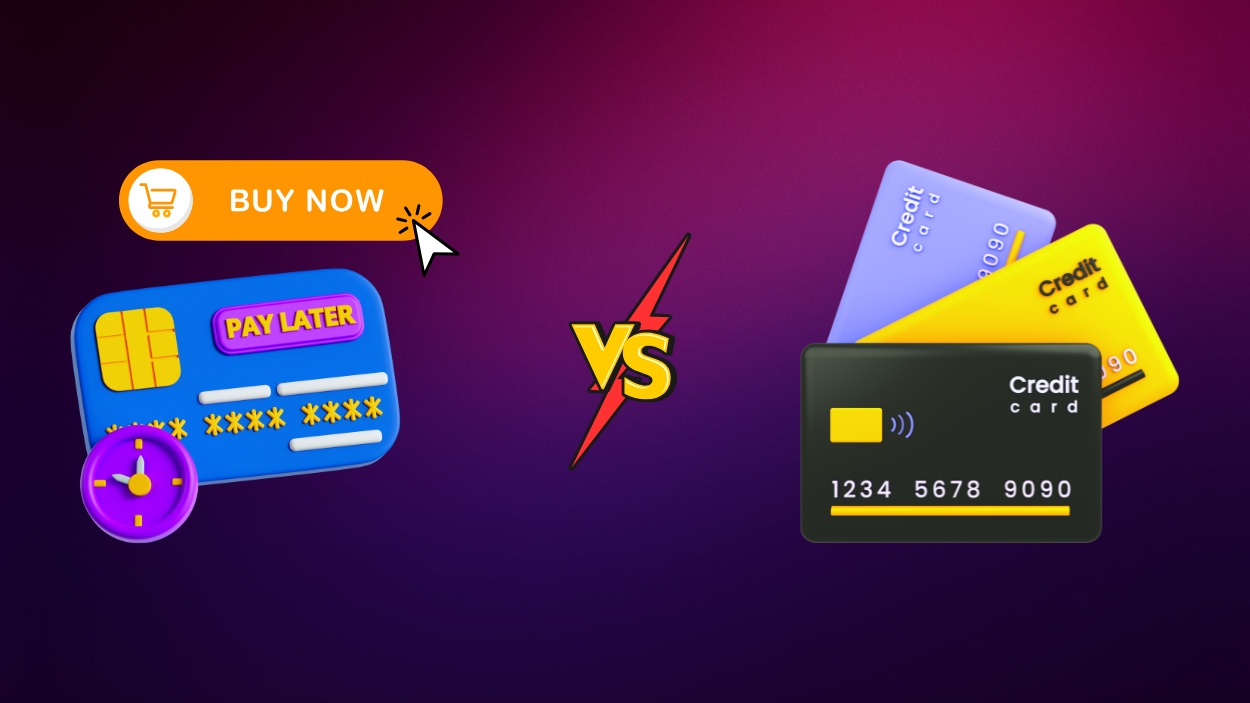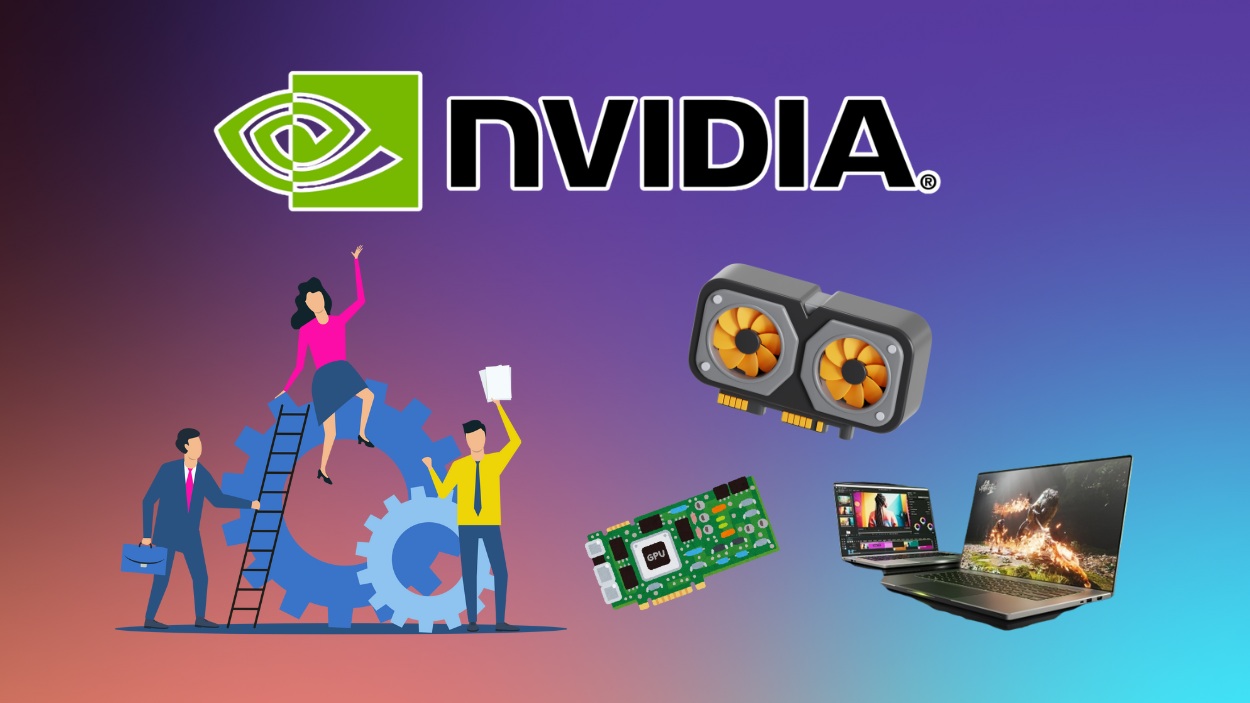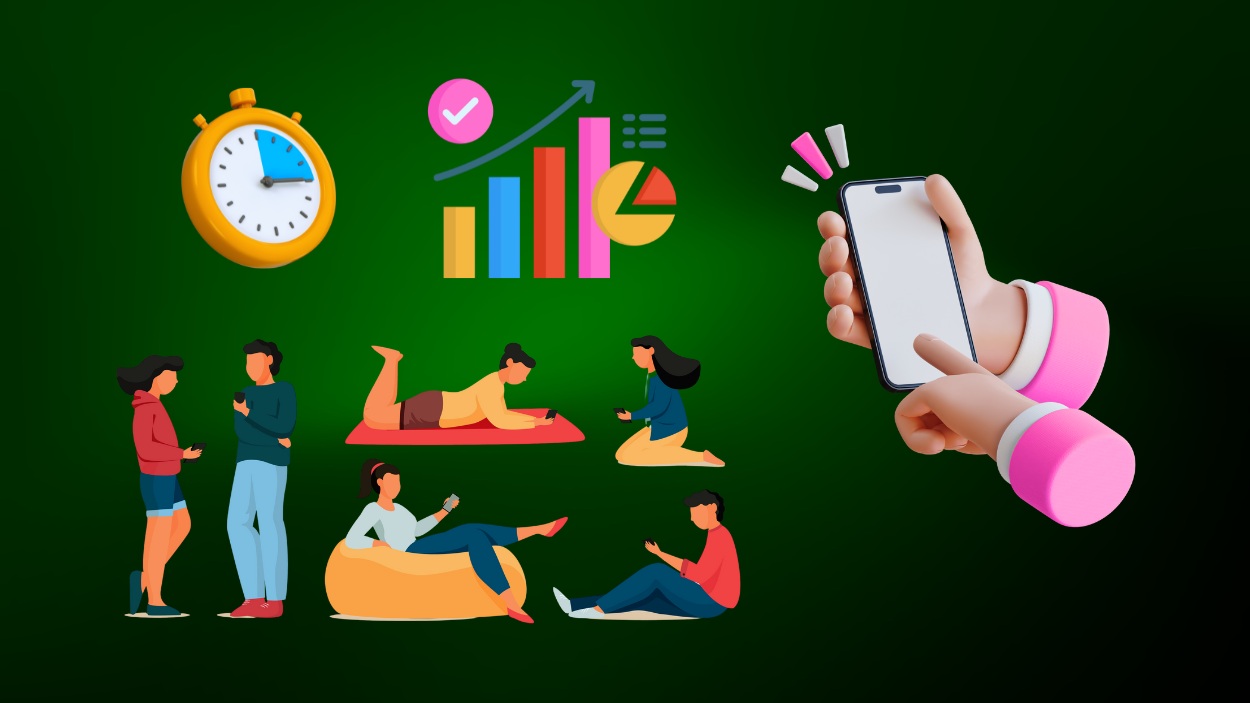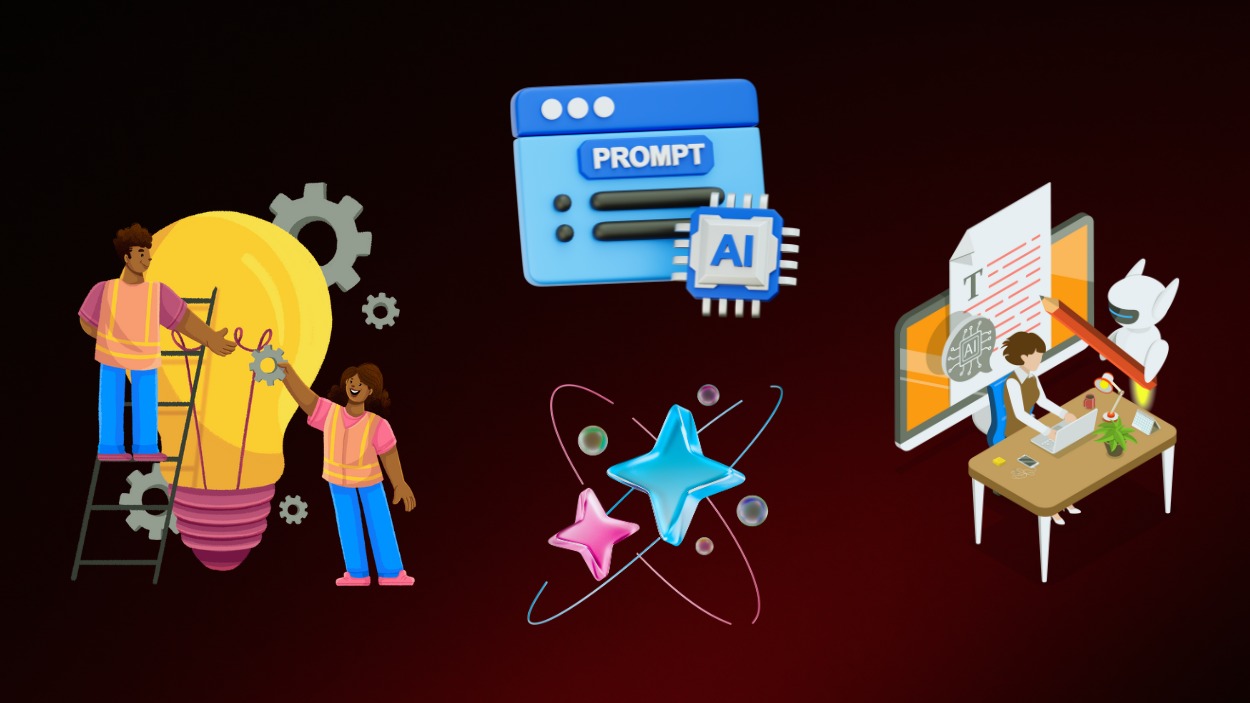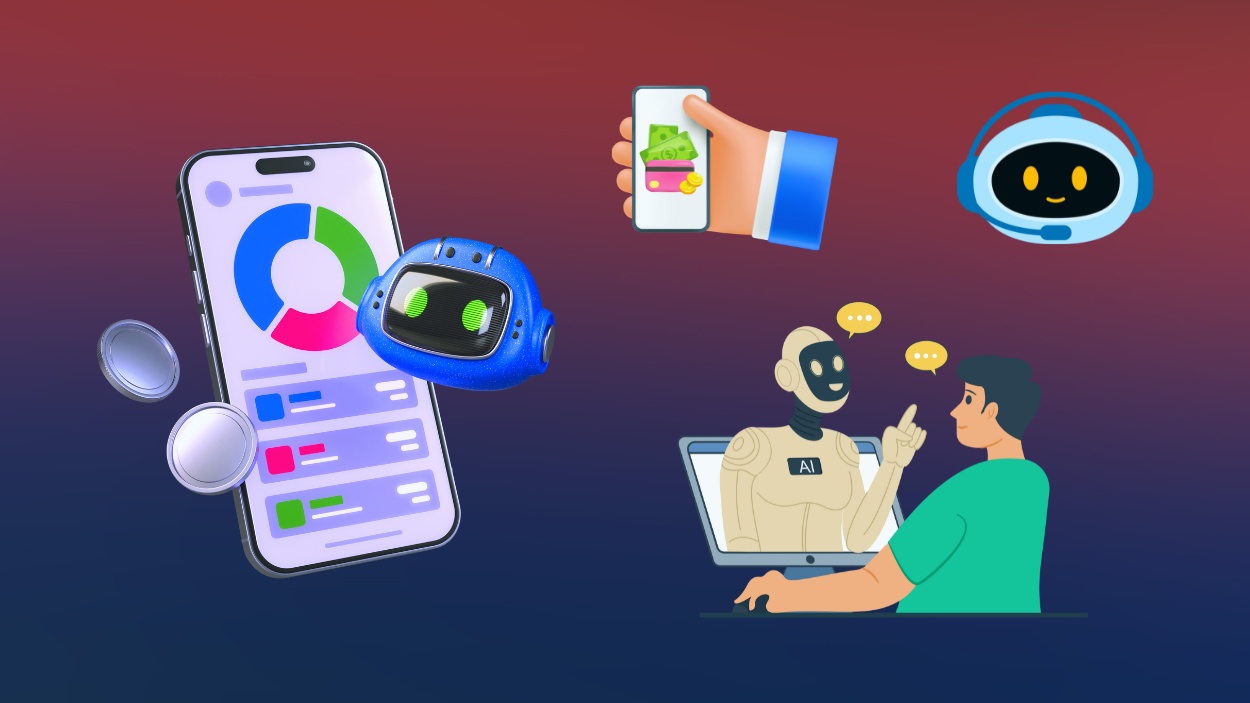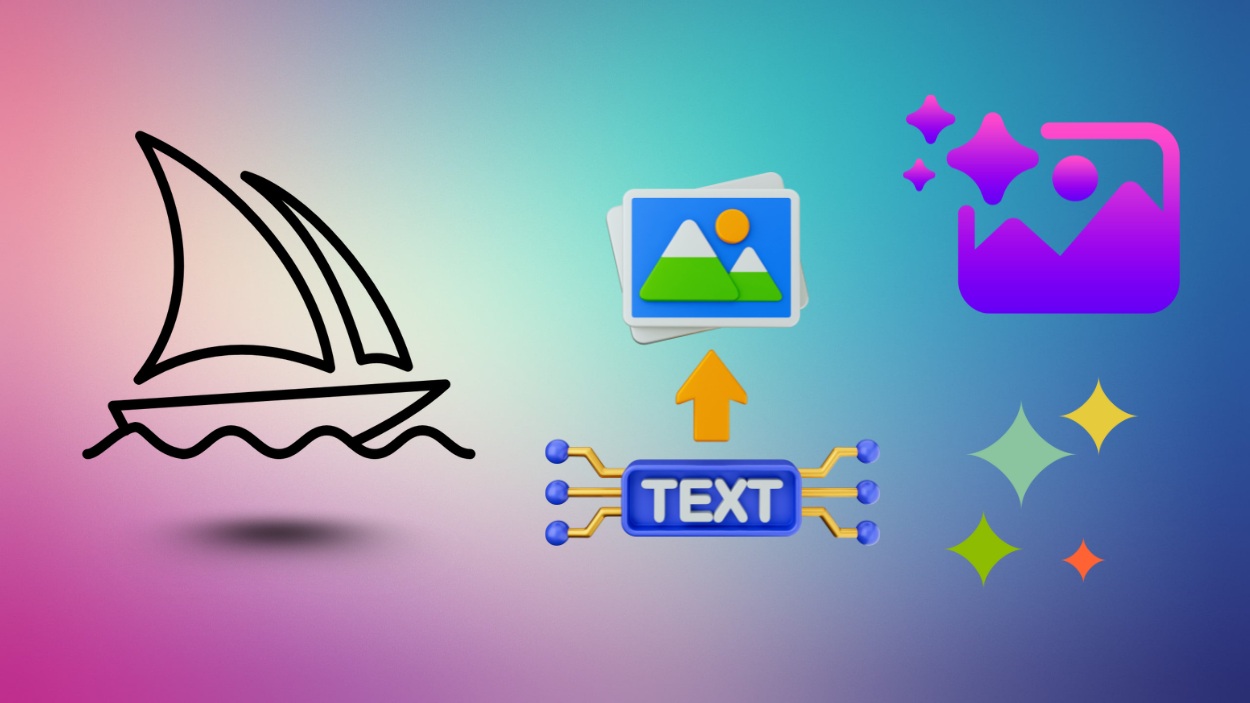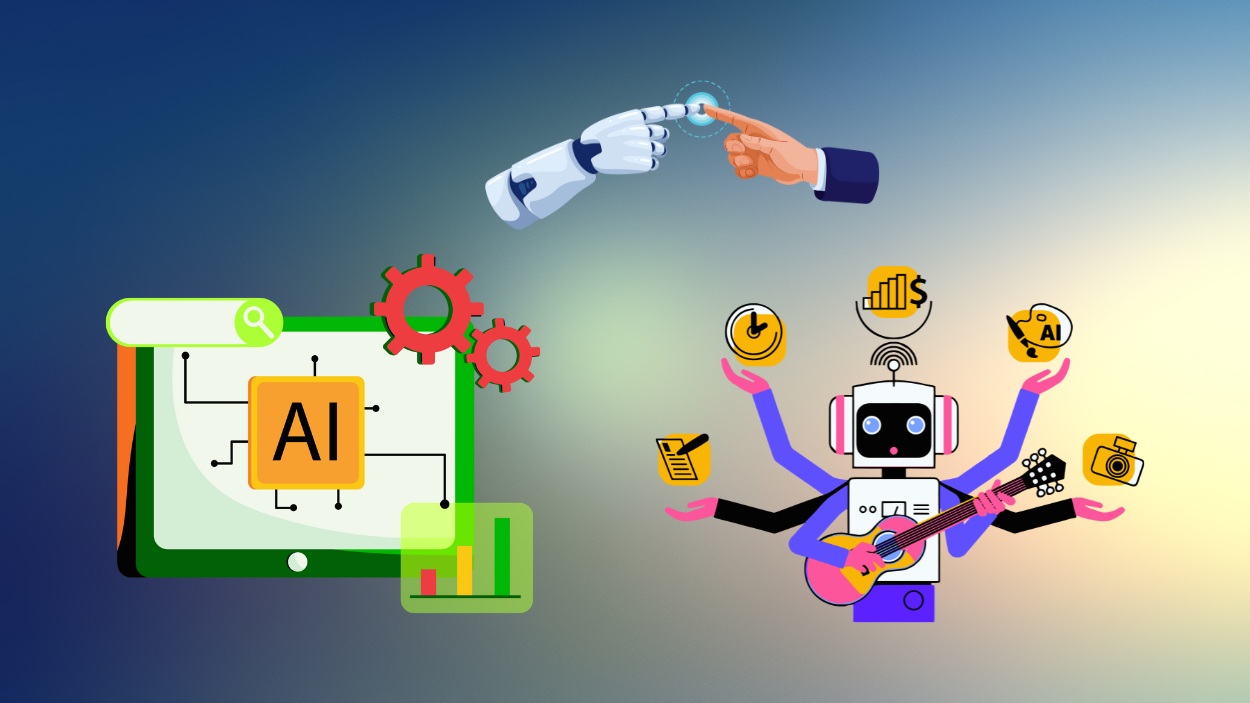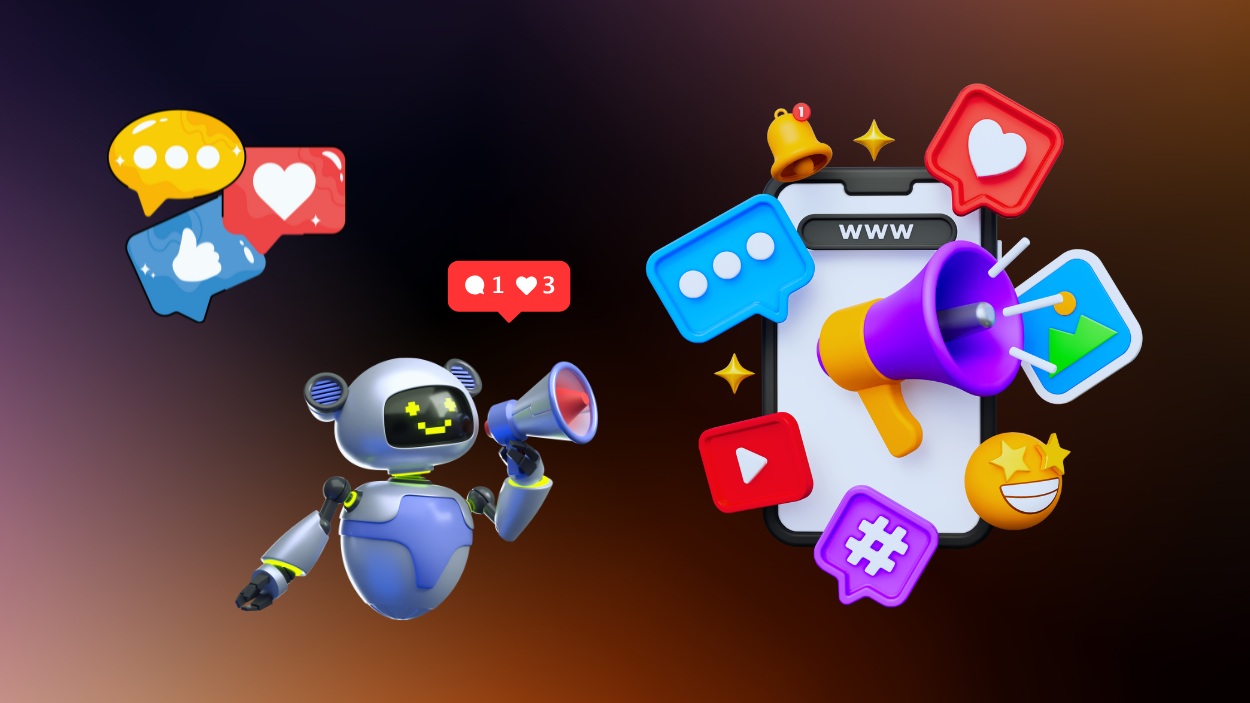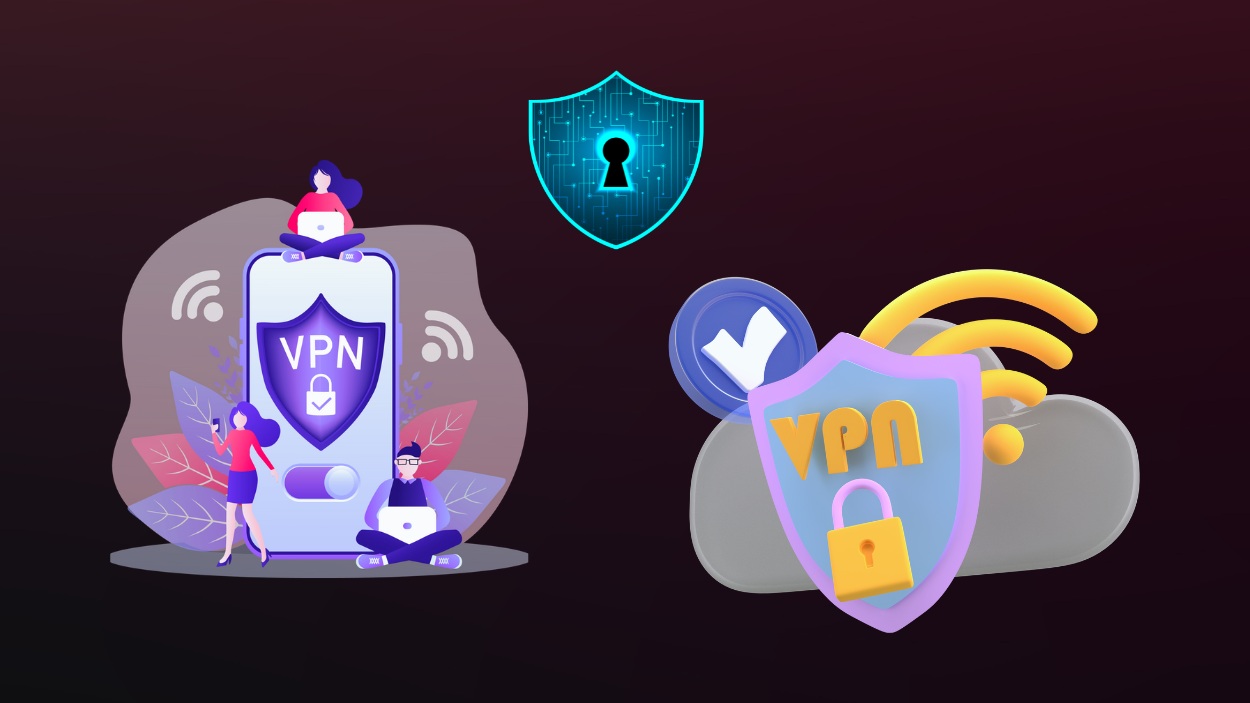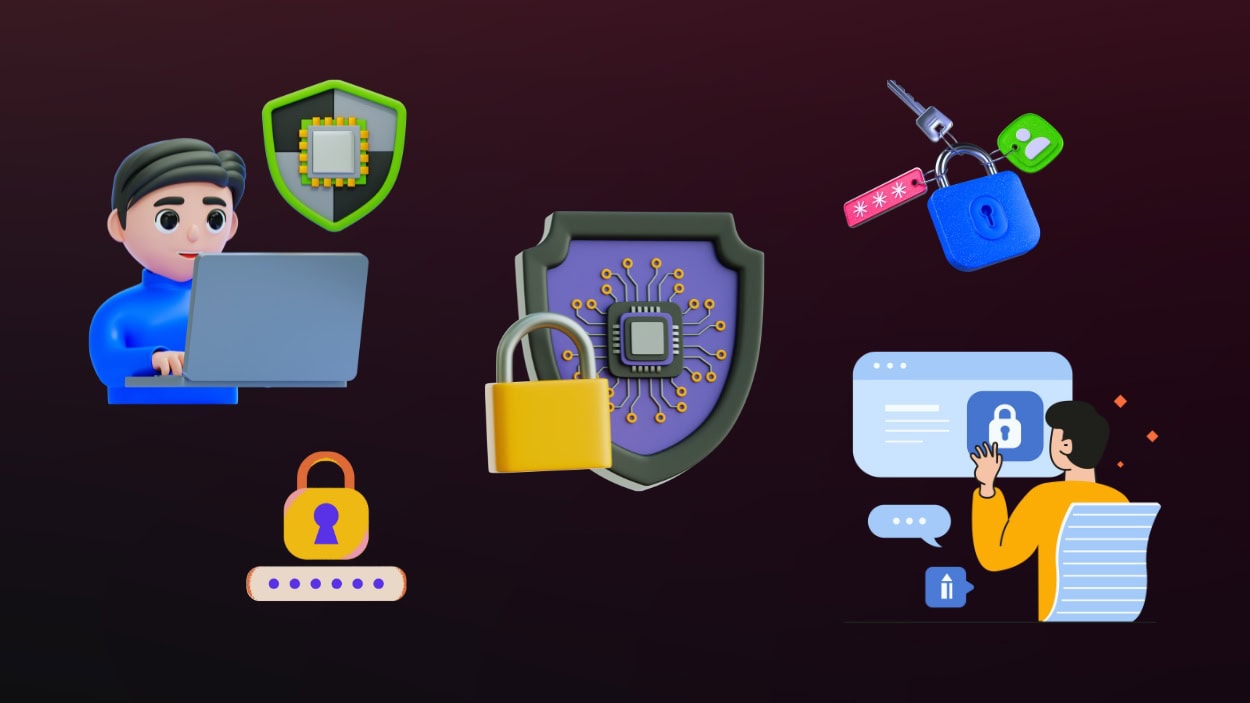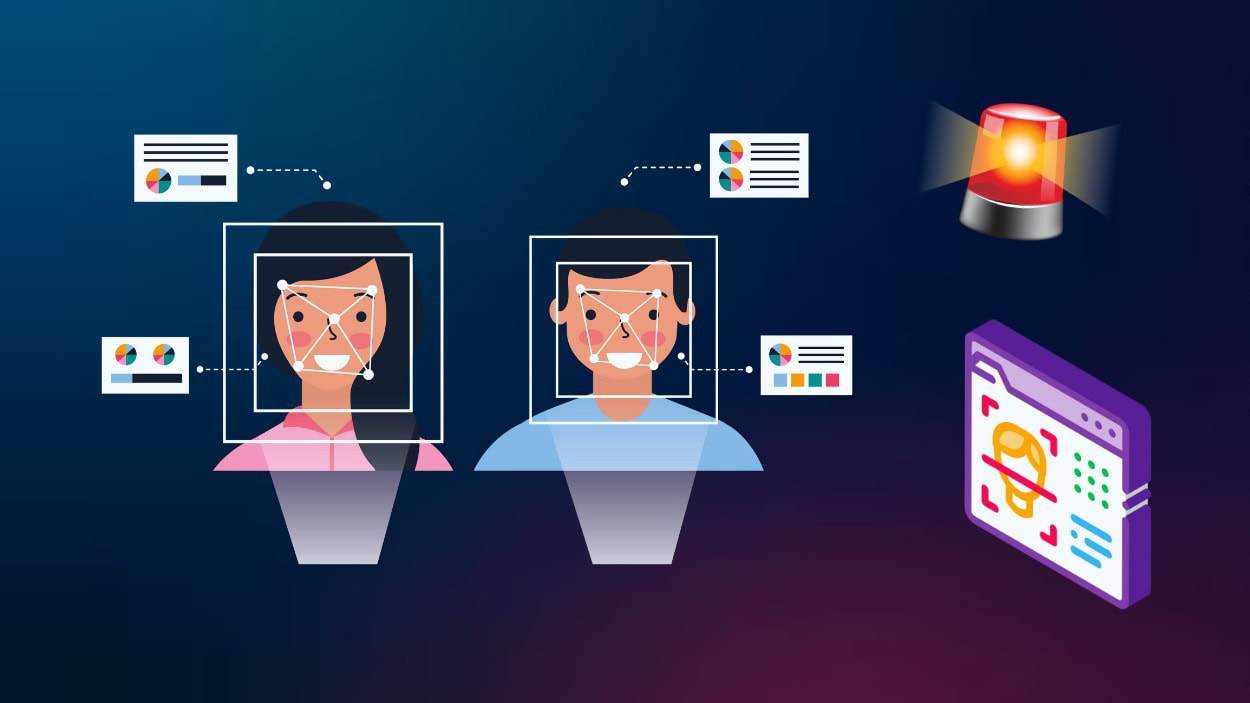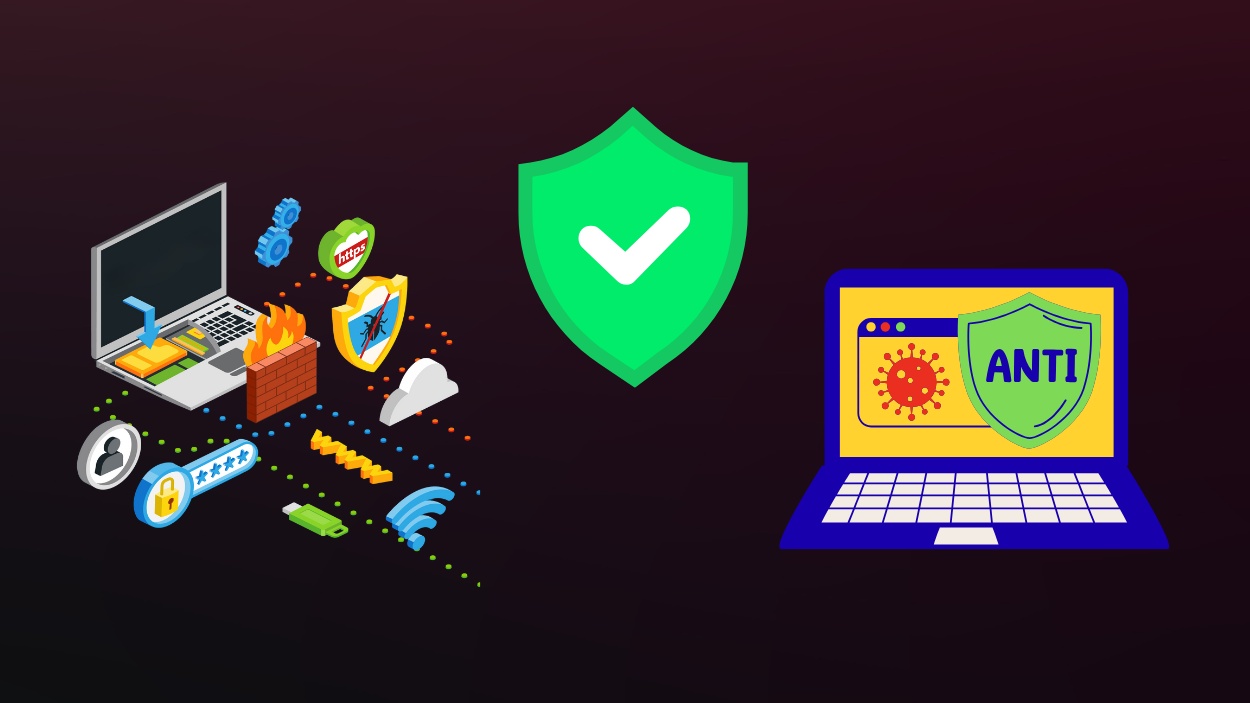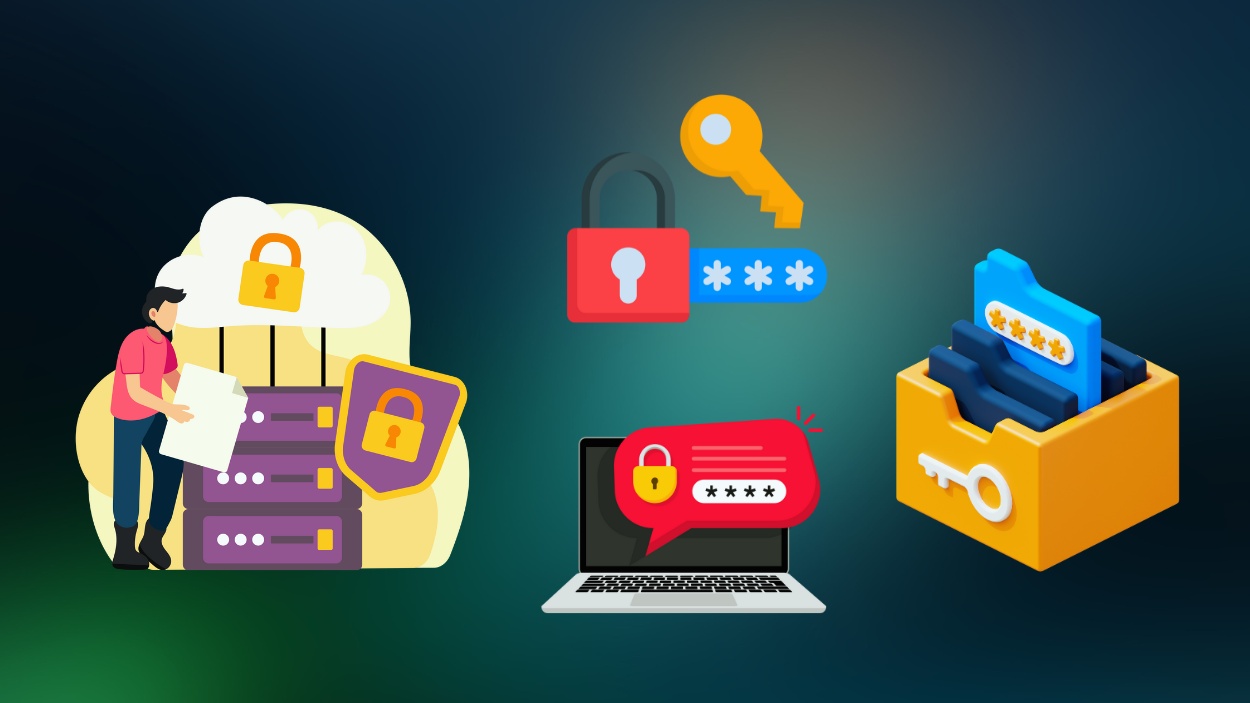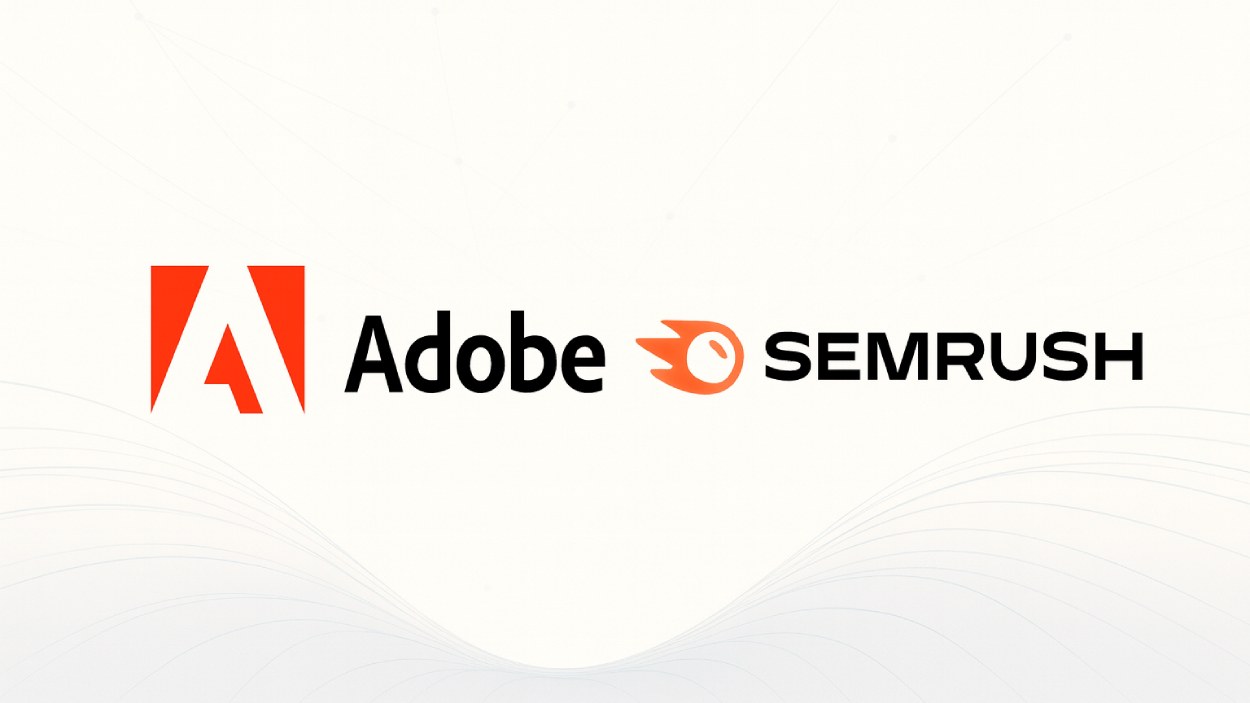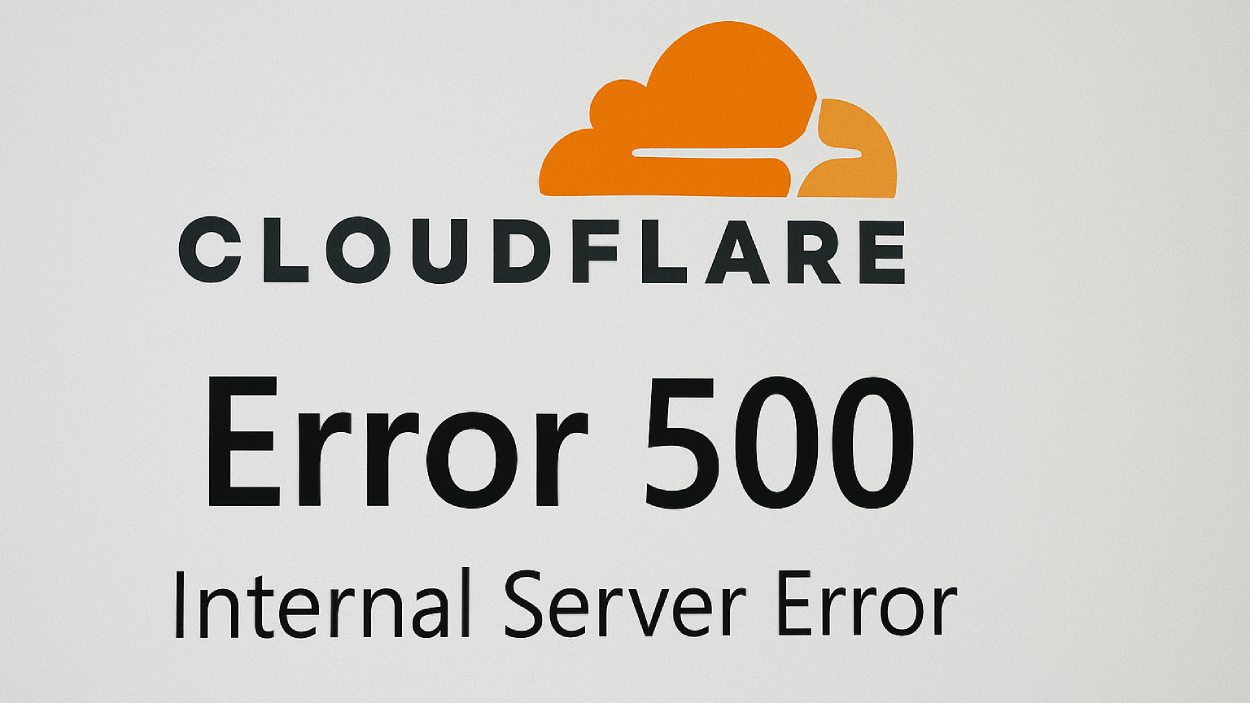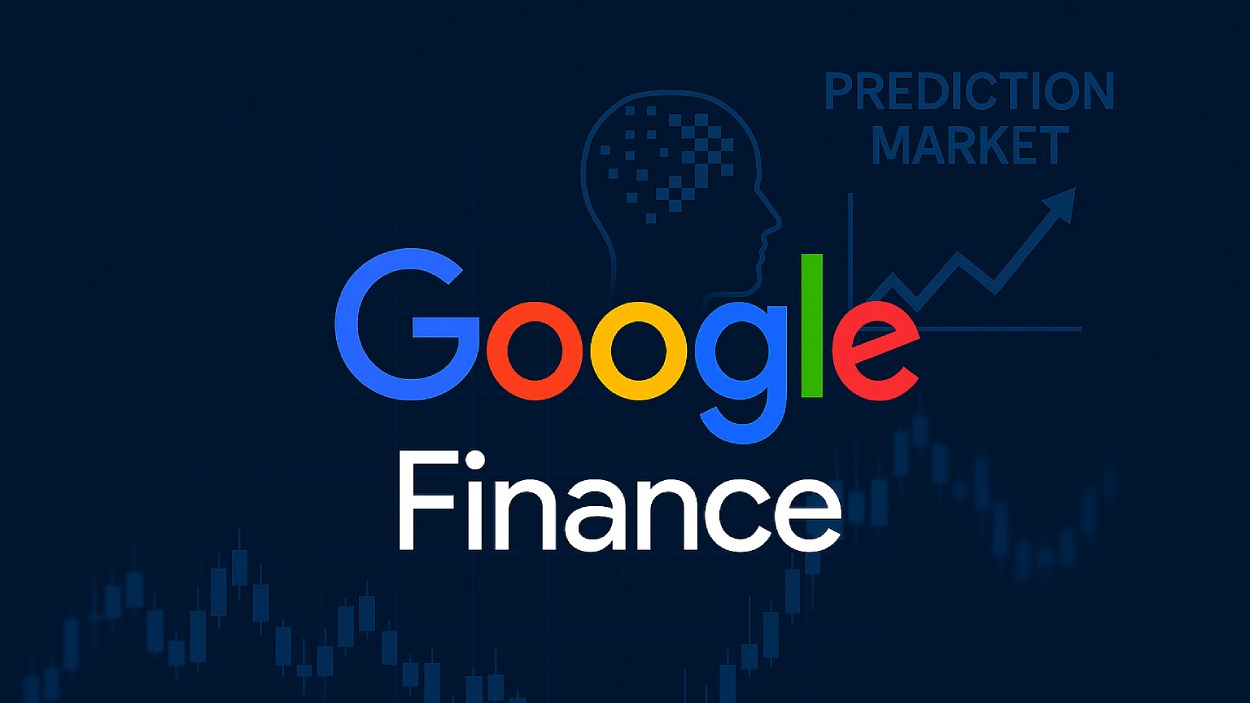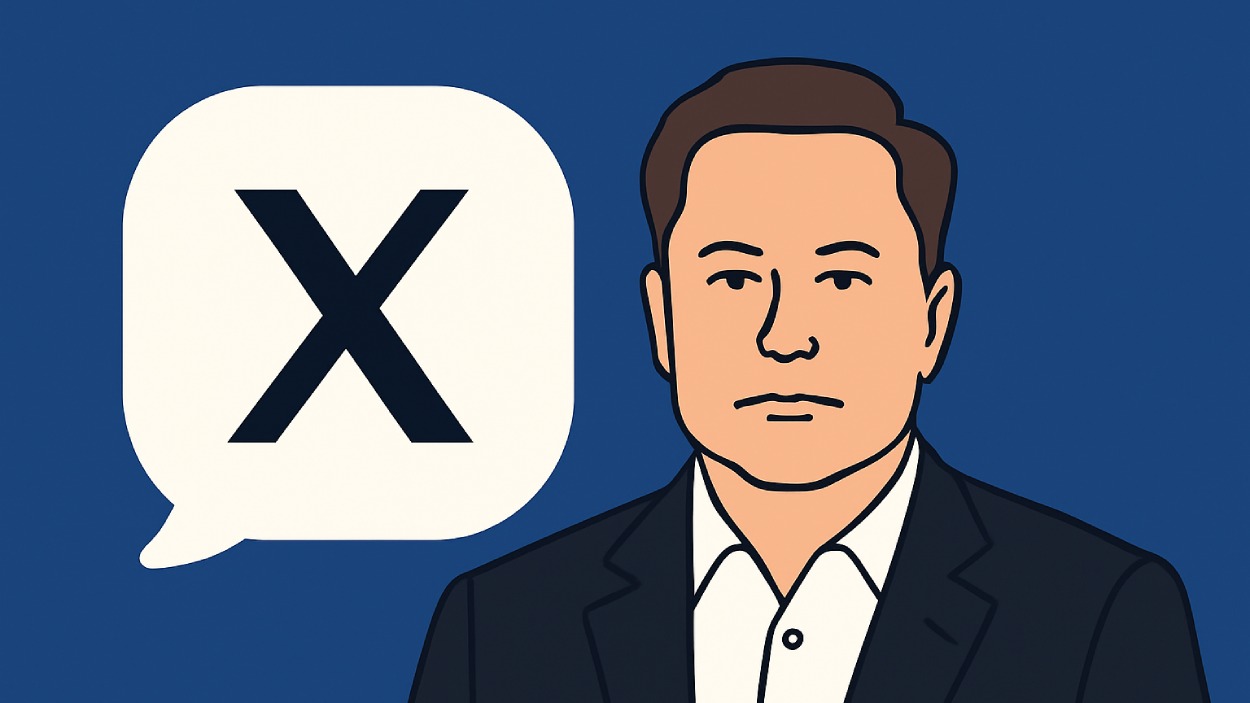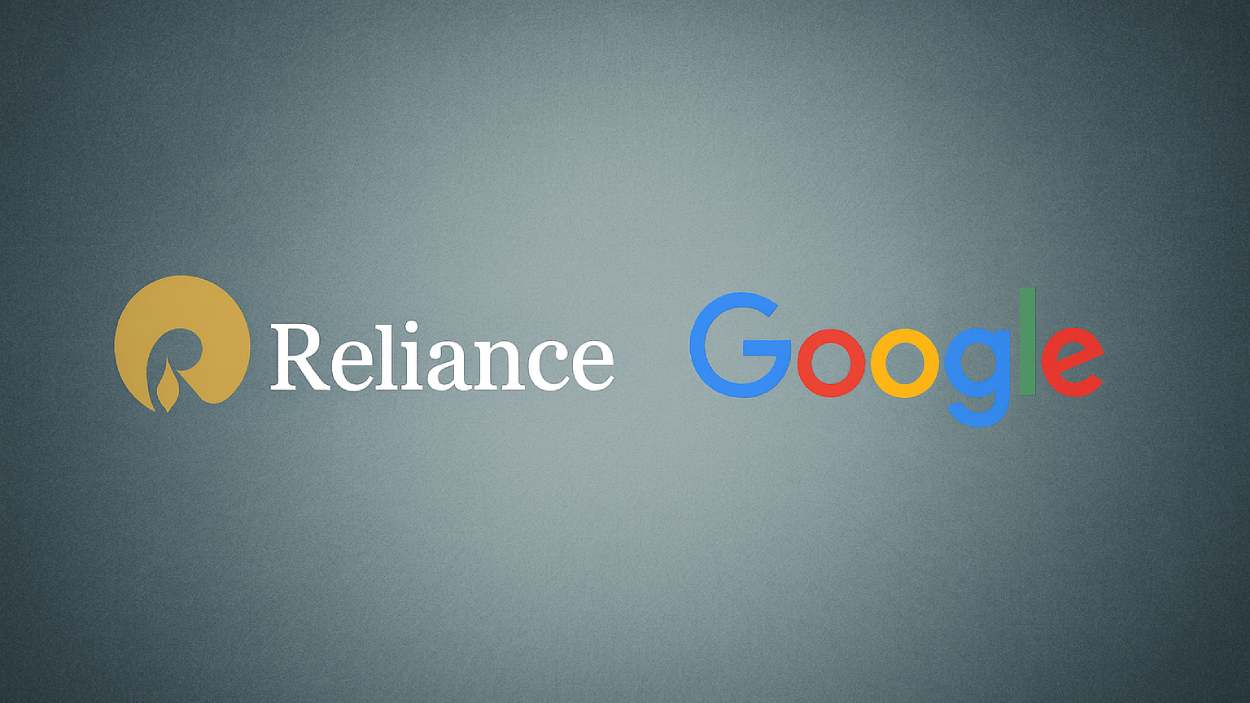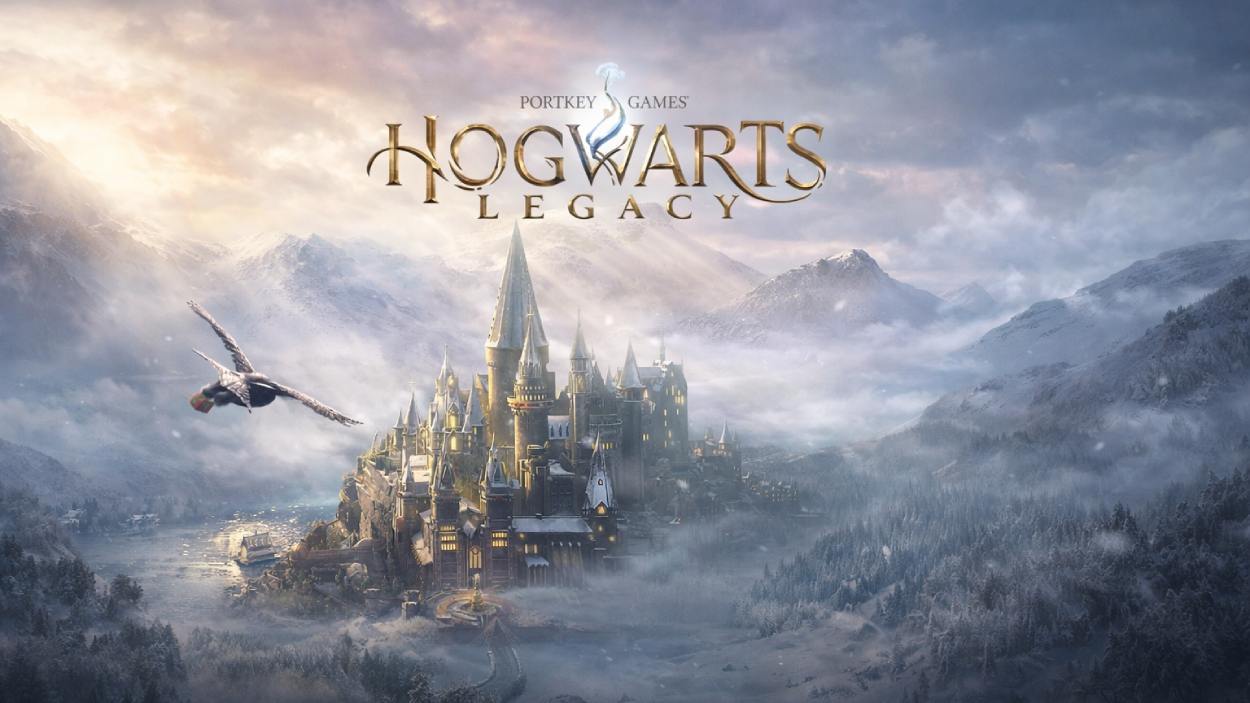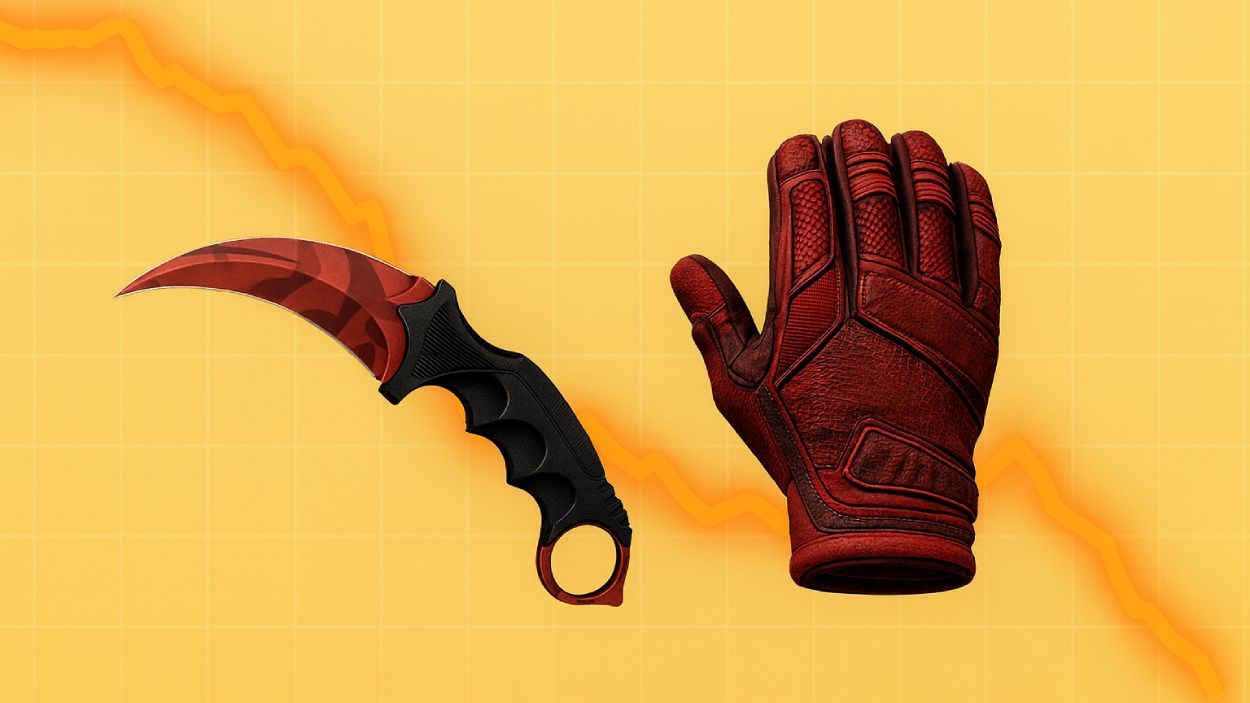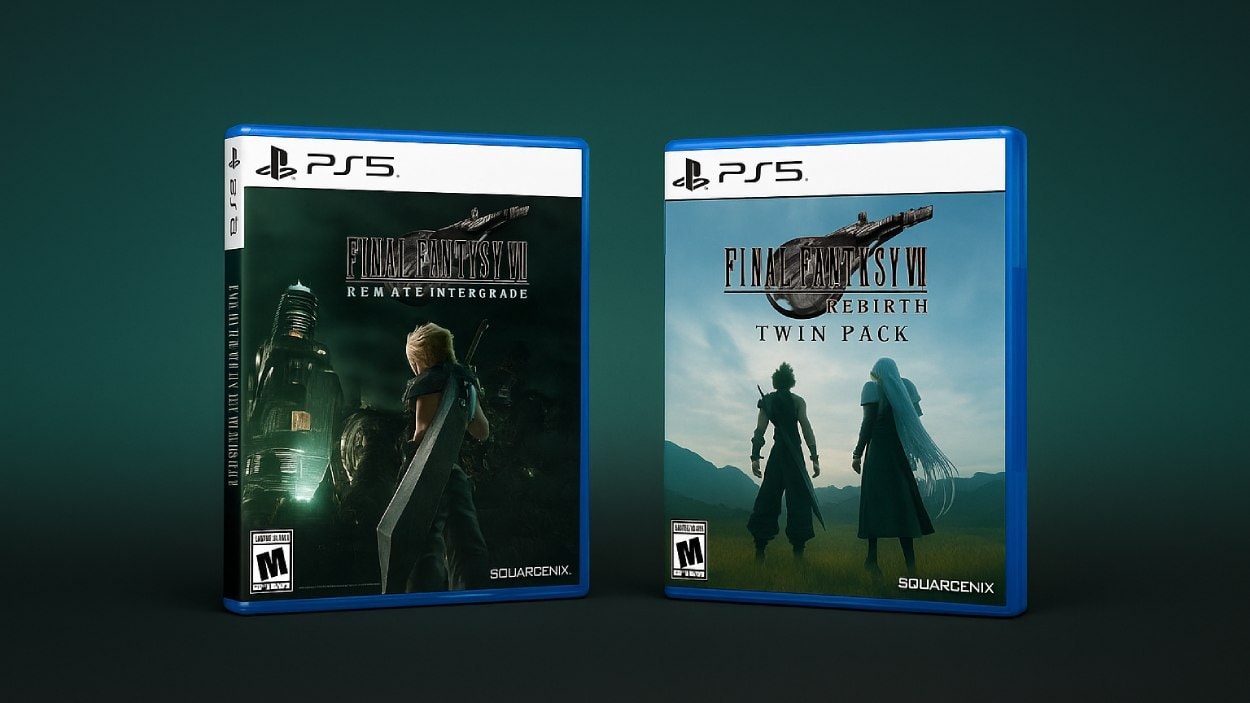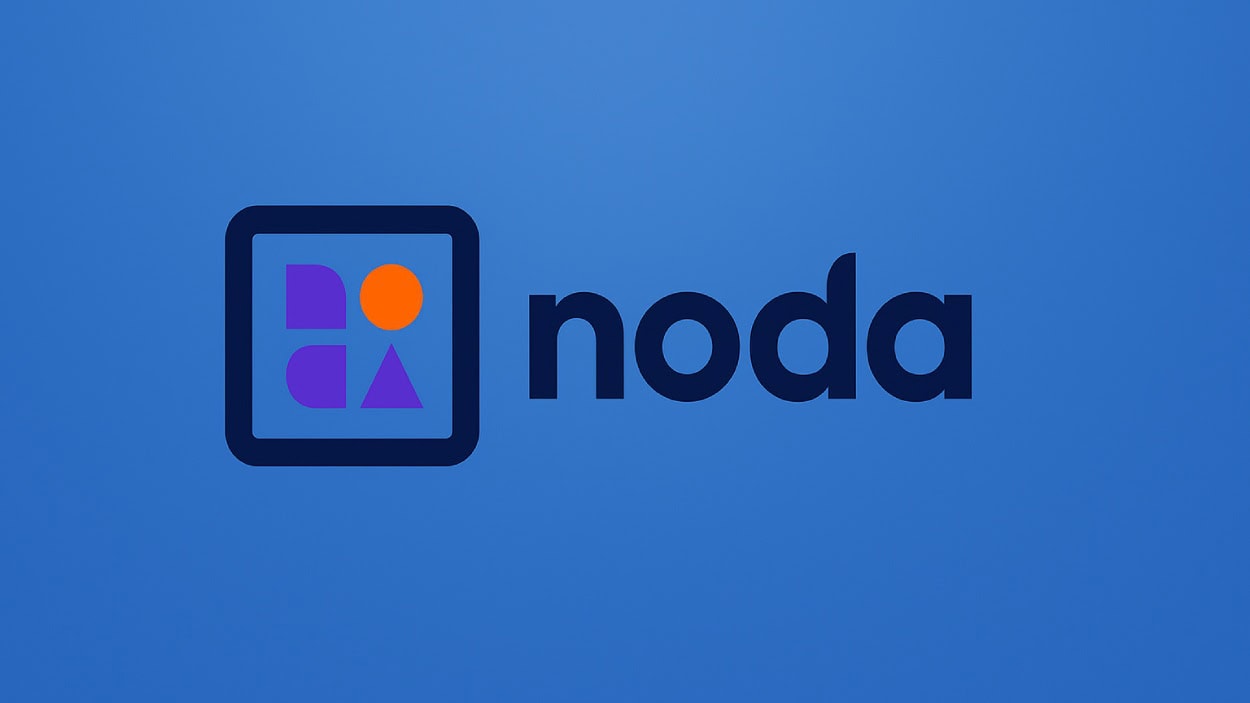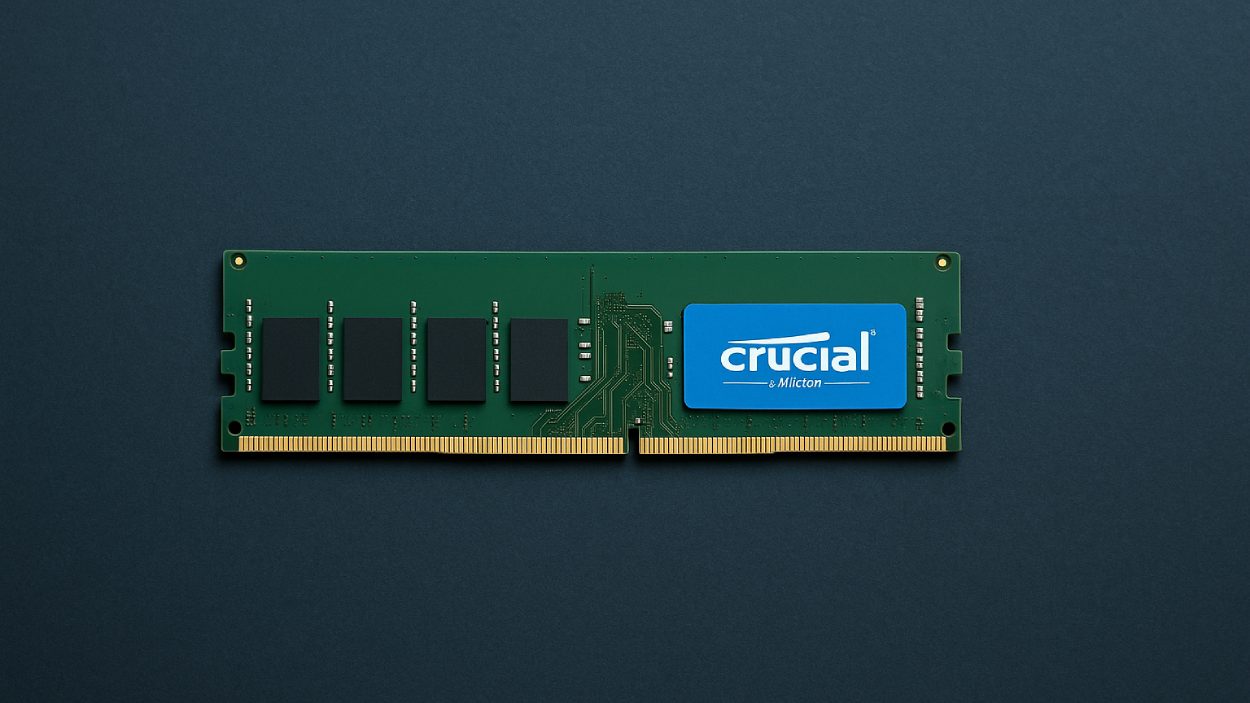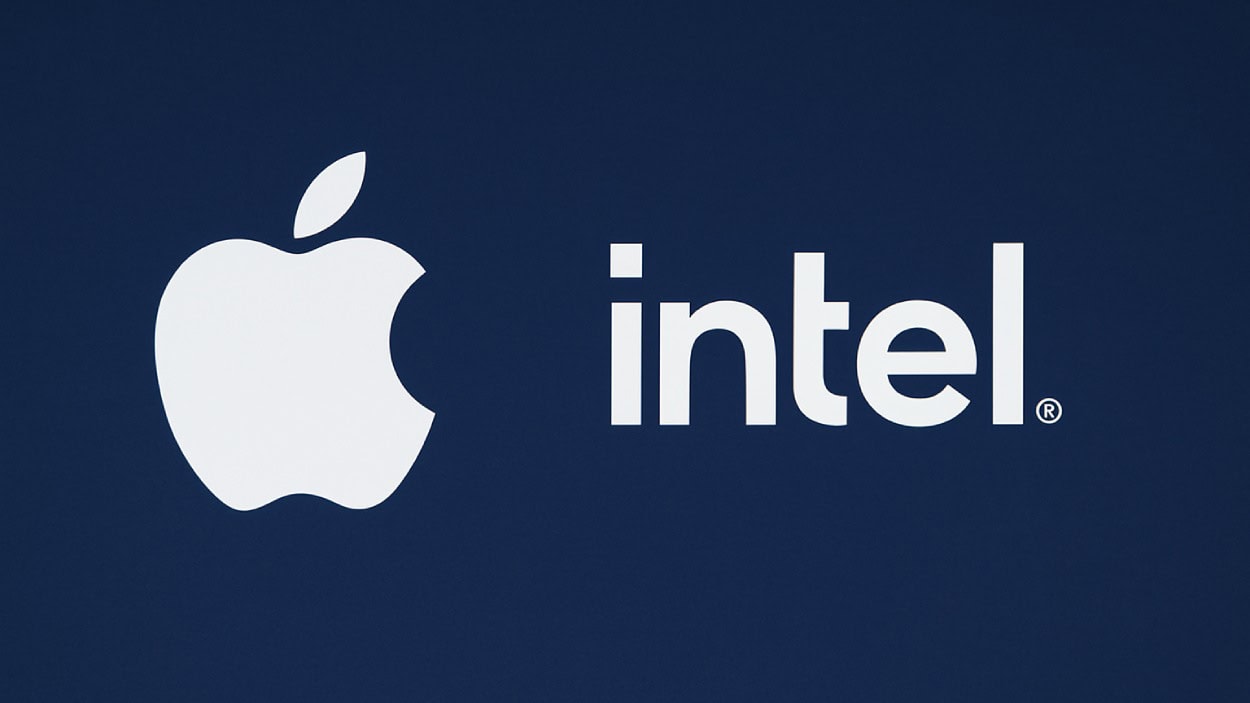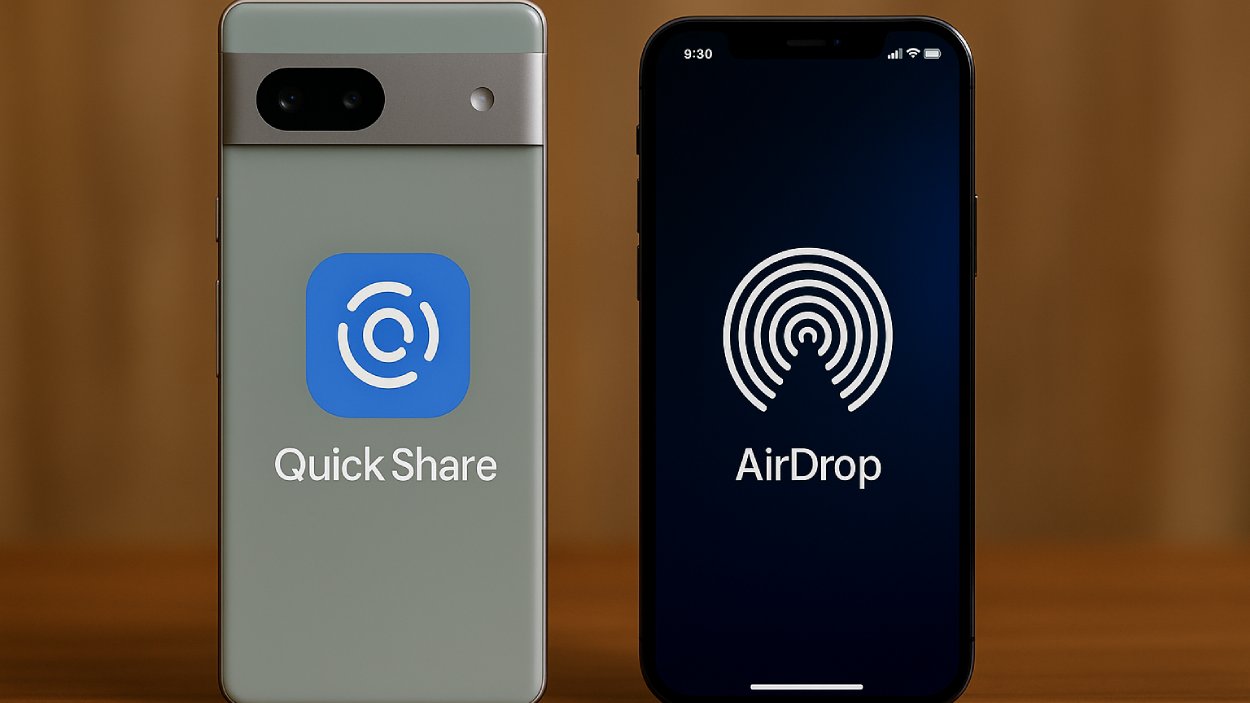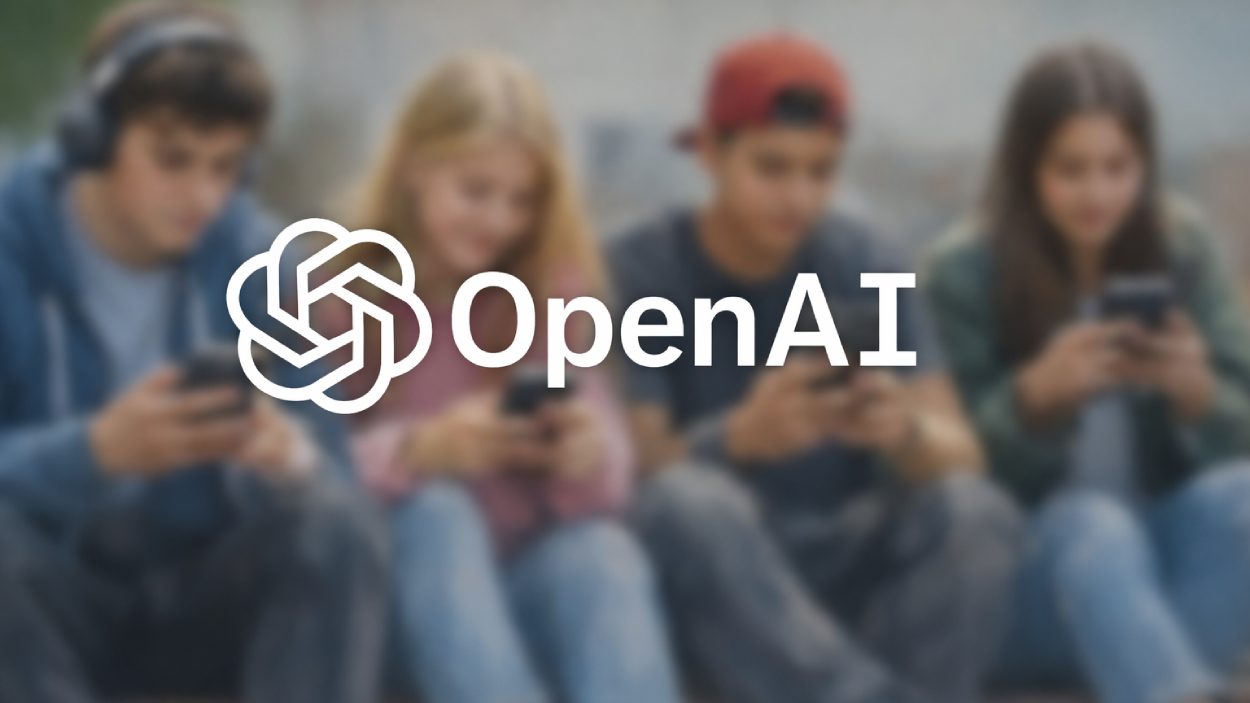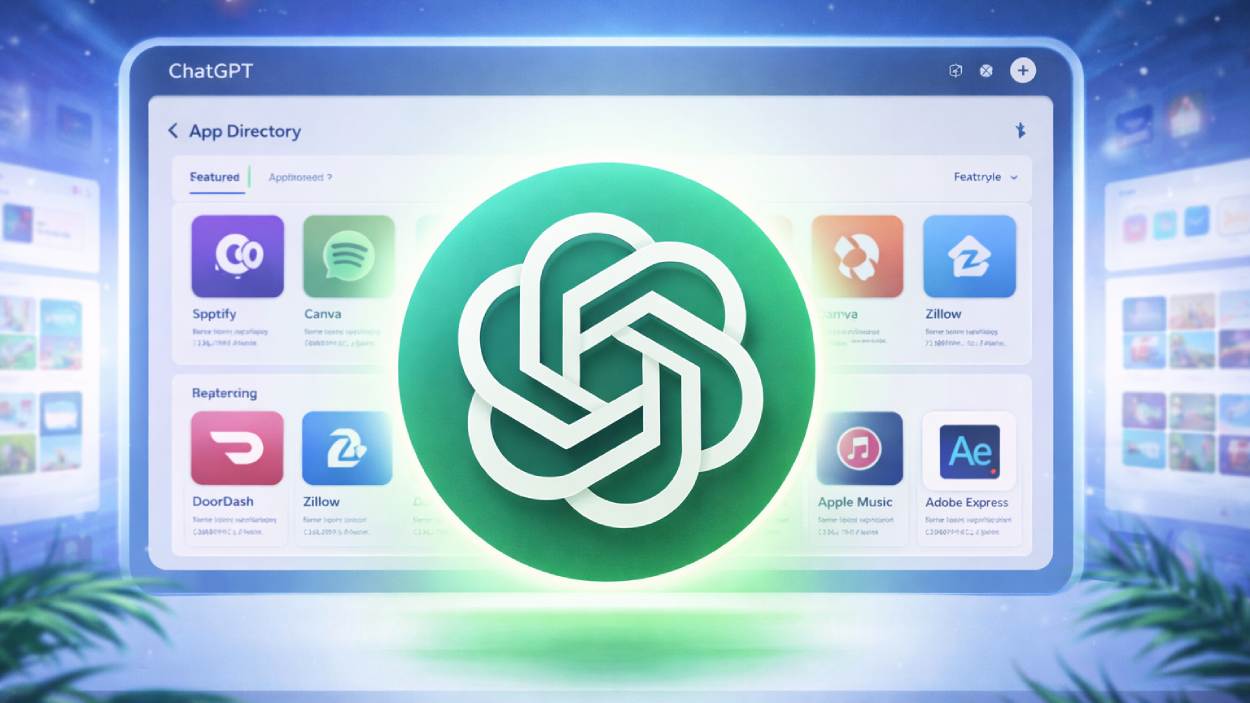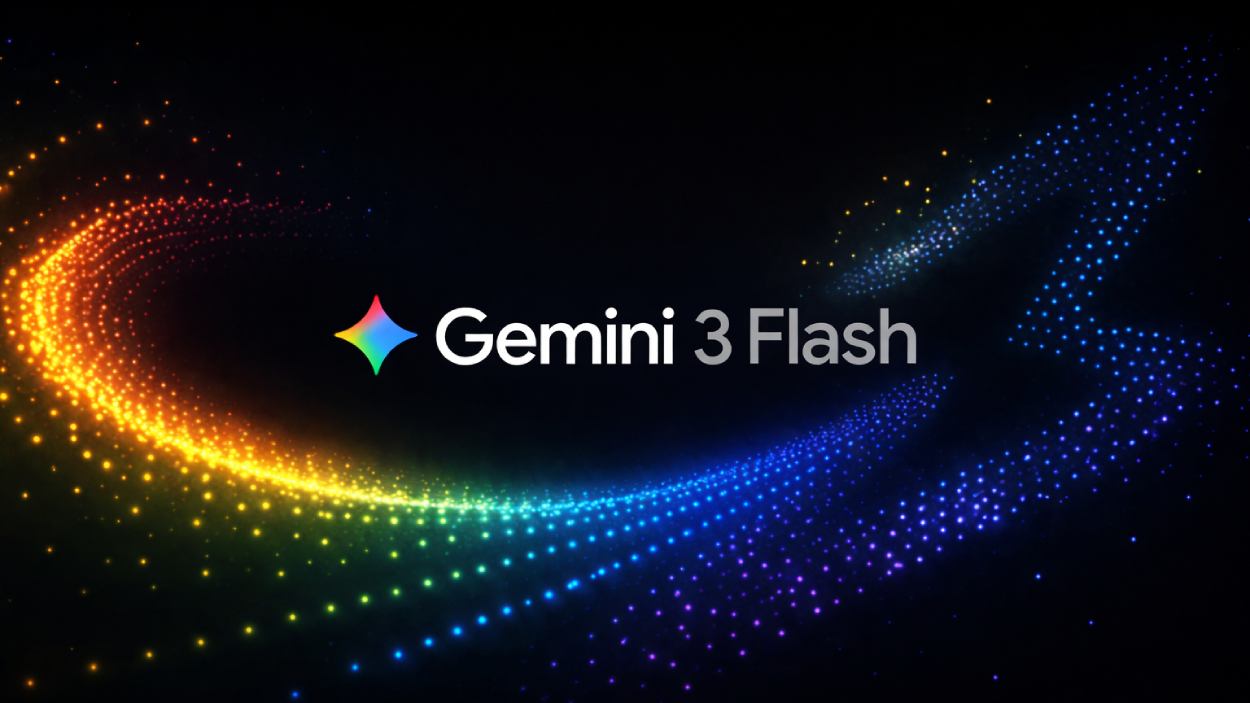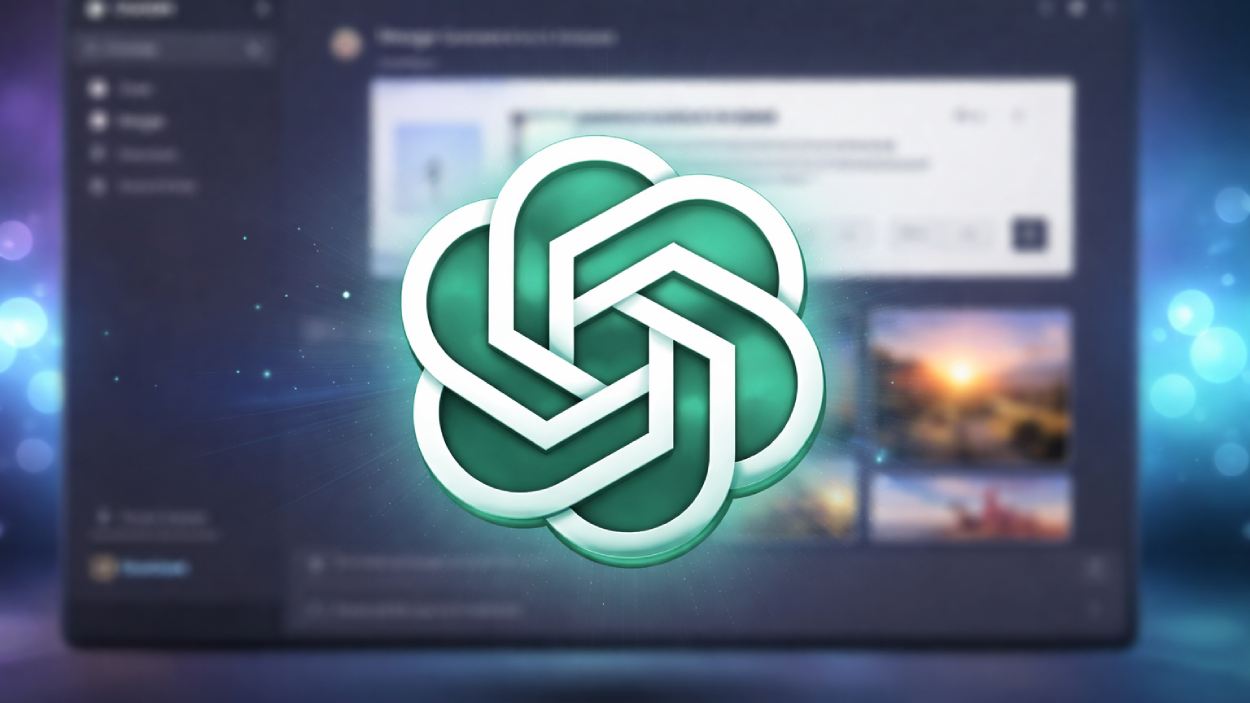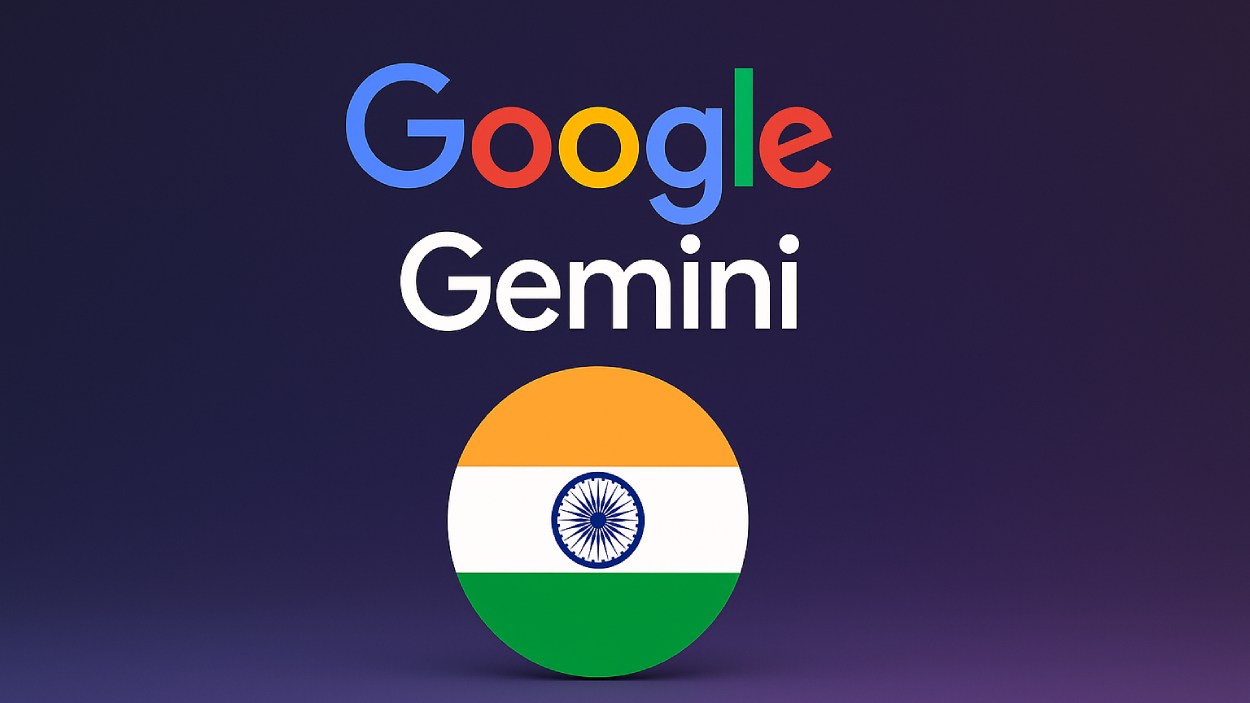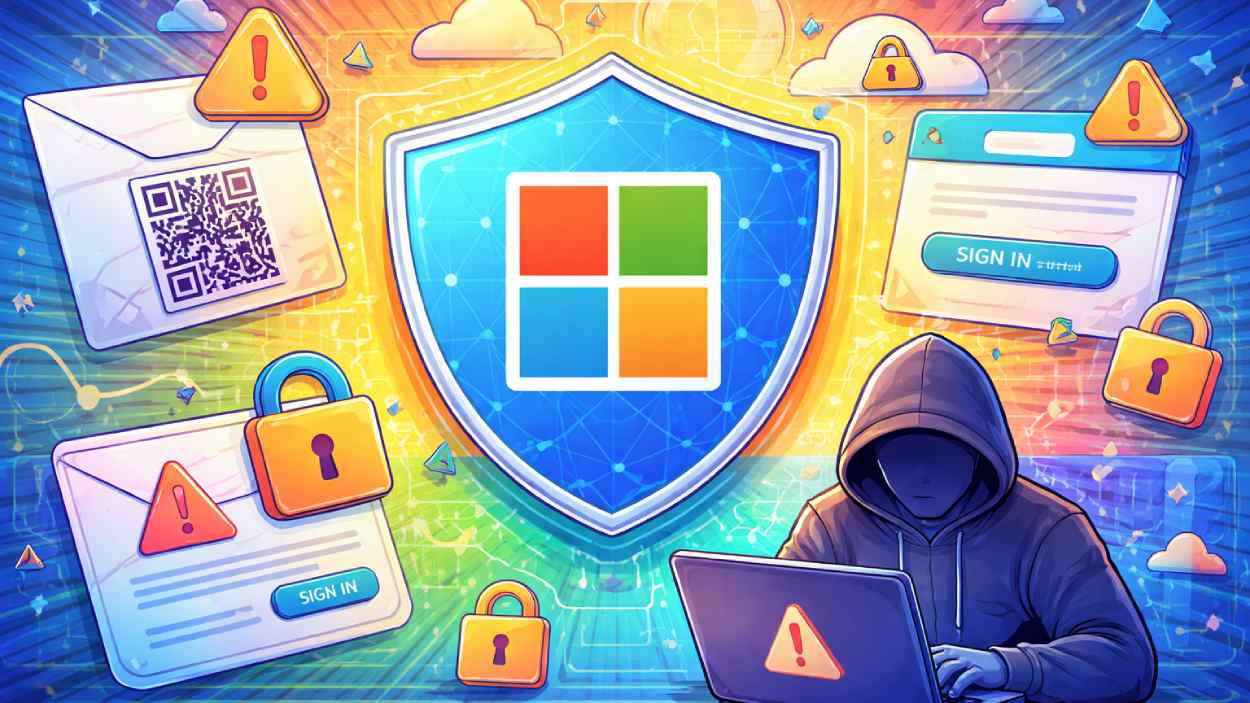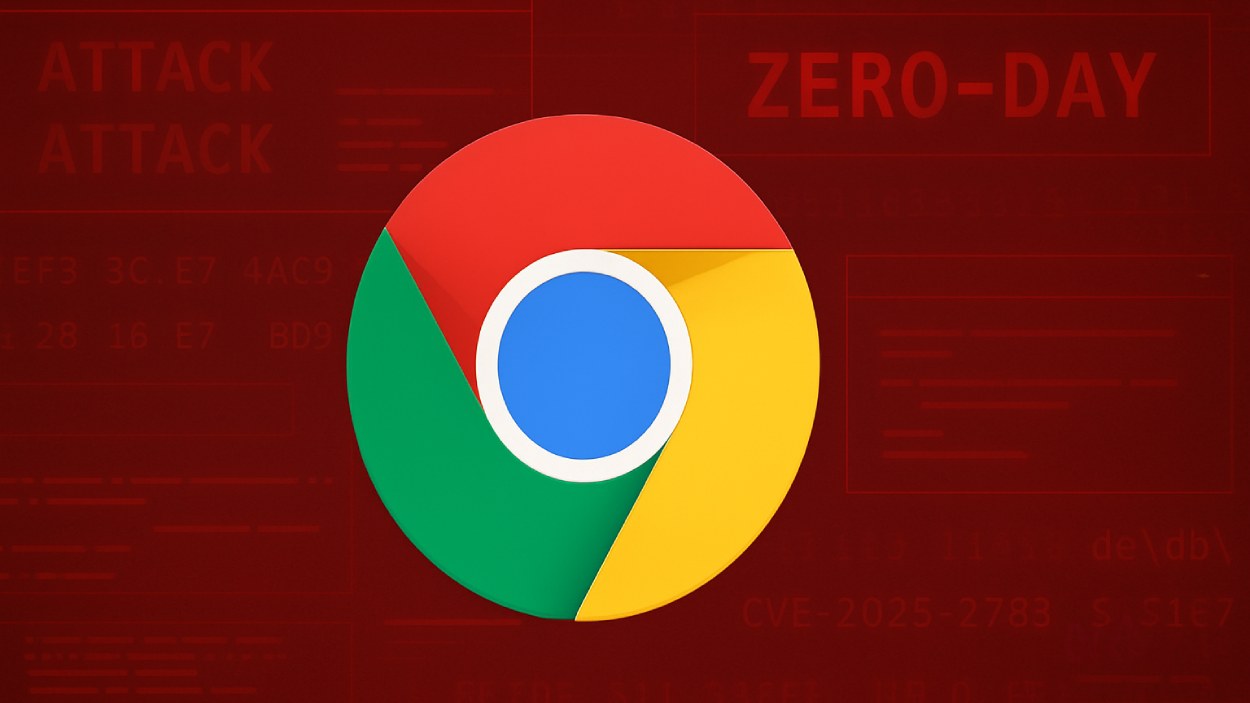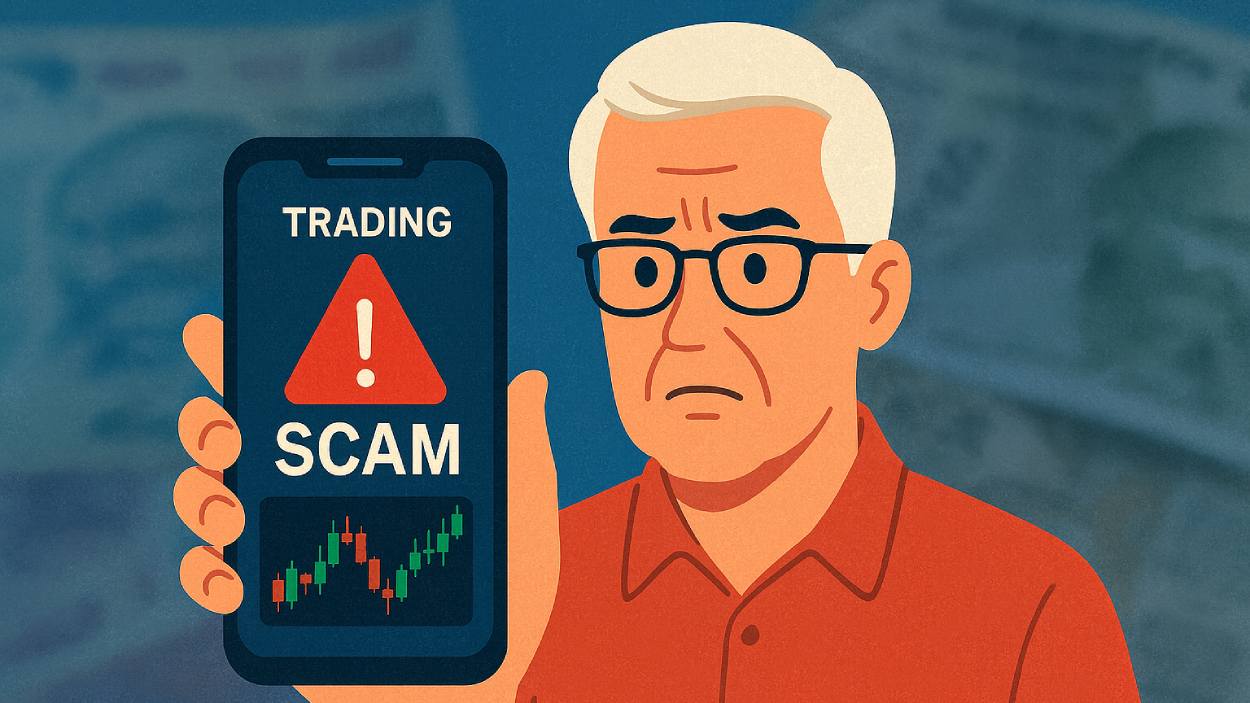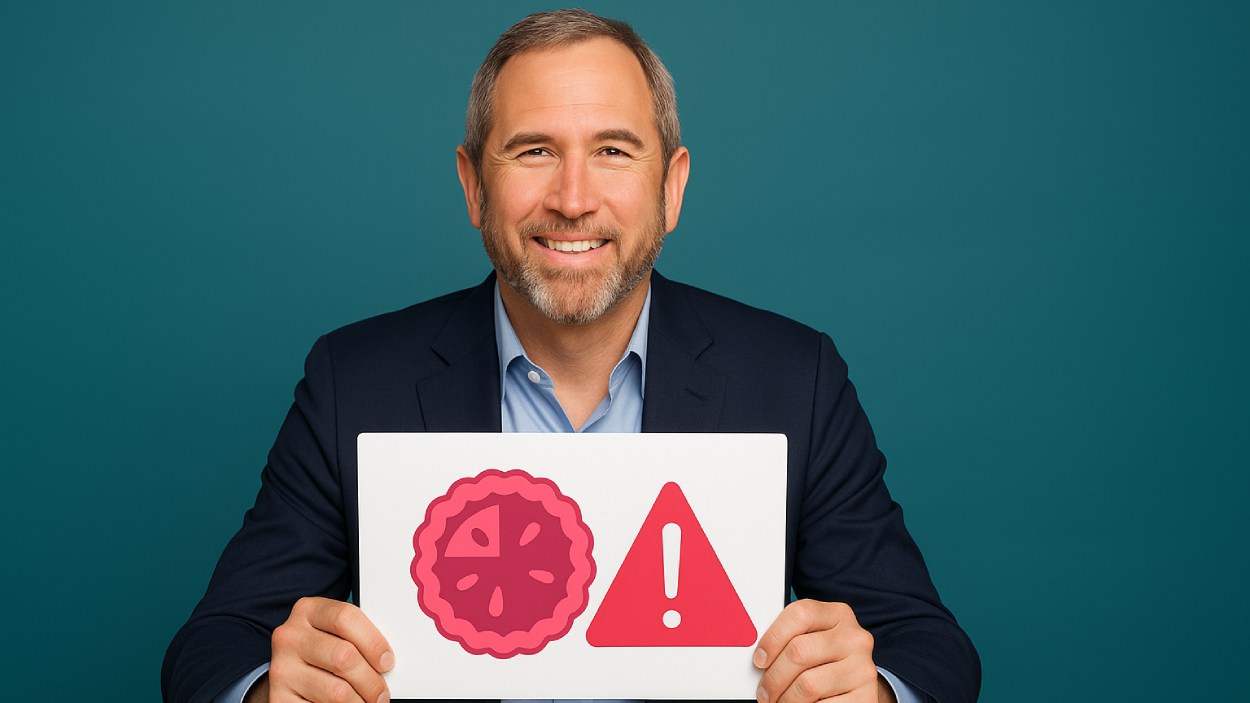In 2008, the average human attention span was 12 seconds. Fast forward to 2025, and many studies suggest it’s now hovering around 8 seconds, shorter than that of a goldfish. It’s no coincidence that during this same period, social media platforms surged to dominate how we consume content. Whether you’re watching a 7-second TikTok or swiping through Instagram Stories, today’s digital experiences are designed to capture attention instantly, and just as quickly, let it go. This article unpacks the data behind our fragmented focus, helping readers understand how platforms, content formats, and user behaviors intersect to shape the modern attention economy.
Editor’s Choice
- The average human attention span has declined to 8.25 seconds in 2025, down from 9.2 seconds in 2022.
- Users now spend just 1.7 seconds on average viewing a piece of content on mobile before deciding whether to engage or scroll past.
- YouTube Shorts saw a 118% year-over-year increase in engagement in the first quarter of 2025.
- Gen Z users switch apps 12 times per hour, signaling high multitasking and platform fatigue.
- TikTok videos under 15 seconds have a higher completion rate (80%) than longer videos on the platform.
- The average Instagram Reel viewer retention has dropped to 33% by the 10-second mark.
- Platforms using auto-play features increase average session duration by 23% compared to platforms without it.
Social Media Addiction Rates by Age Group
- 40.0% of 18–22-year-olds are addicted to social media, making them the most affected age group by digital dependency.
- 37.0% of 23–38-year-olds report social media addiction, showing high engagement among millennials as well.
- Among 39–54-year-olds, the addiction rate drops to 26.0%, indicating lower but still significant usage.
- Only 21.0% of 55–64-year-olds are addicted to social media, making them the least affected demographic in the study.
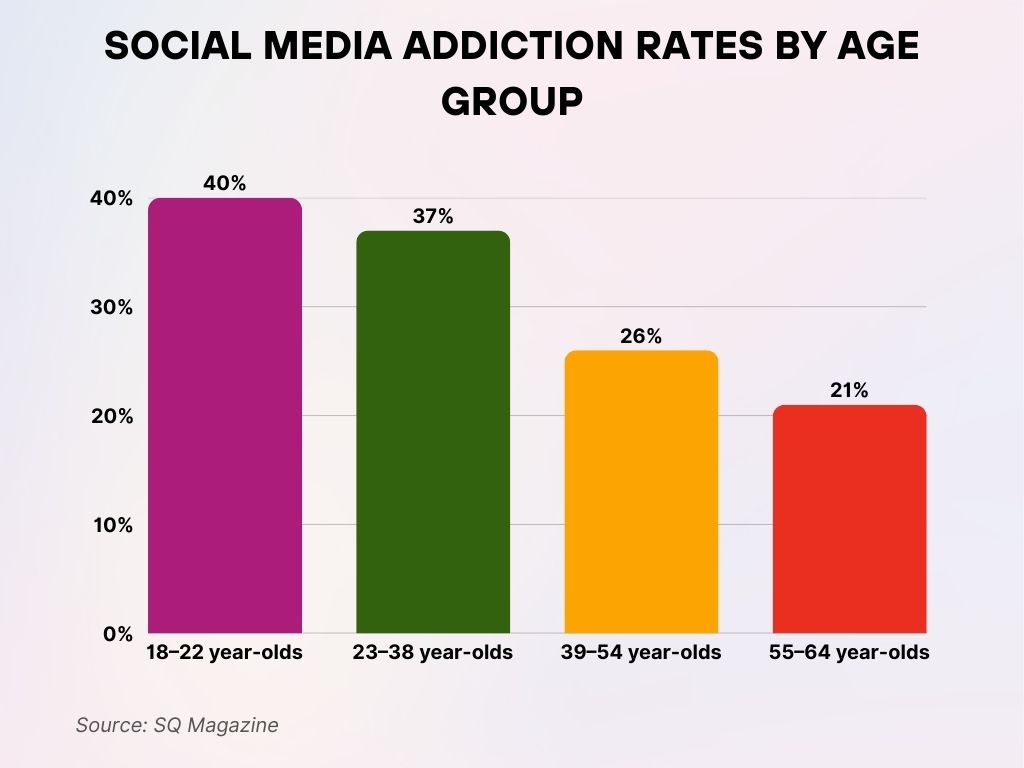
Impact of Short-Form Content on User Focus
- Users who primarily consume short-form content (under 30 seconds) show a 27% reduction in sustained attention during task-based activities.
- Platforms like TikTok and Reels have been linked to a rise in “scroll fatigue,” affecting 61% of users aged 18–34.
- Regular exposure to micro-content reduces the ability to focus on a single task for more than 9 minutes.
- Short-form video consumers are 2.5 times more likely to abandon long-form educational content midway.
- In a 2025 study, 52% of respondents admitted they skip videos longer than 60 seconds, even if the topic interests them.
- Micro-learning content, while effective in bursts, reduces long-term retention by 18% compared to structured, longer content formats.
- Exposure to short-form videos before studying reduced students’ attention span during reading by 31%.
- Influencer reels under 20 seconds receive 3.7x more likes and shares, but only 12% of users remember the brand featured.
- Content creators using the “hook-in-first-3-seconds” strategy report a 58% increase in average video watch time.
- Short-form ads have become 72% more effective in driving engagement, but less effective in promoting brand recall over time.
Comparison of Attention Span by Age Group
- Gen Z (ages 10–25) averages just 6.5 seconds of attention on social media content.
- Millennials (ages 26–41) engage for approximately 8.3 seconds before switching or disengaging.
- Gen X (ages 42–57) spends an average of 10.7 seconds on a post before scrolling.
- Baby Boomers (ages 58–76) average 13.2 seconds, indicating a slower consumption rate but deeper engagement.
- Pre-teens (ages 7–12) are particularly vulnerable, with a digital attention span of 4.2 seconds on fast-moving platforms like TikTok and Snapchat.
- Attention span drops by 19% from users aged 25 to 18, illustrating a generational acceleration in content filtering.
- Users aged 35+ are more likely to engage with long-form social content like Facebook videos and YouTube explainers.
- Gen Z users are 4 times more likely to multitask on social media than Baby Boomers.
- Millennials show the highest preference for short-form video tutorials, with retention rates up to 42%.
- Older users (55+) prefer static content and carousel posts, maintaining a 23% higher attention span than younger demographics.
Average Monthly Time Spent on Social Media Apps
- TikTok leads with 34 hours and 15 minutes spent per user per month, making it the most engaging platform.
- YouTube users spend an average of 29 hours and 21 minutes monthly, ranking it as the second most time-consuming app.
- Facebook holds user attention for 18 hours and 44 minutes per month on average.
- Instagram sees users spending 16 hours and 49 minutes monthly, slightly behind Facebook.
- X (formerly Twitter) users spend the least time, averaging just 5 hours and 19 minutes each month.
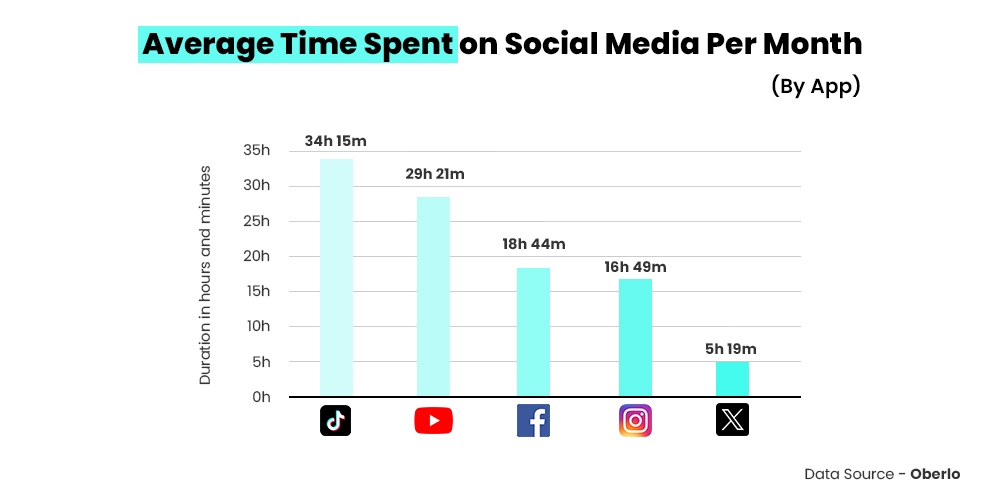
Changes in Attention Span Over the Past Decade
- The average attention span of digital consumers has declined by 33% since 2015.
- In 2015, the average social media user could focus on a single post for 12.1 seconds; by 2025, it’s down to 8.25 seconds.
- Teen users now toggle between apps every 44 seconds, compared to 2.5 minutes a decade ago.
- The rise of autoplay and infinite scroll features contributed to a 39% decrease in deep reading habits between 2014 and 2024.
- Long-form video content watch time has dropped by 29% over the last 10 years across platforms like Facebook and YouTube.
- In 2013, users spent an average of 2.7 minutes per Facebook session; in 2025, it’s just 54 seconds.
- Smartphone multitasking has increased by 84% since 2016, correlating with a broader decline in focused attention.
- The frequency of task-switching during social media use has nearly doubled in the last decade.
- Users are now exposed to over 5,000 pieces of content daily, up from 1,400 in 2012.
- Studies from 2024 show that media multitaskers underperform by 20% in attention-based tasks compared to single-taskers.
Platform Algorithms and User Retention Techniques
- TikTok’s algorithm tracks over 300 data points per user to tailor content within the first hour of usage.
- Instagram’s explore algorithm adjusts in real-time based on just 2 seconds of hover time on a post.
- Facebook uses engagement-based ranking to prioritize content that generates reactions within the first 3 seconds of appearance.
- YouTube’s algorithm favors videos that retain viewers for over 70% of their duration.
- Snapchat incorporates Snap Streaks to encourage daily logins, boosting app retention by 18% in 2025.
- Pinterest has optimized its home feed with AI to increase dwell time by 22% through visual clustering.
- Reddit uses upvote-downvote weighting to highlight high-engagement posts, increasing thread session duration by 12%.
- Threads’ AI algorithm boosts posts that receive engagement in the first 10 minutes, accelerating virality.
- LinkedIn promotes “relevance scoring” based on mutual connections and recency, extending user engagement by an average of 19 seconds.
- Facebook and Instagram employ A/B testing of post order for 1 in every 4 users to refine algorithmic engagement patterns.
Top Reasons Why People Use Social Media
- 49.5% use social media to keep in touch with friends and family, making it the most common reason.
- 38.5% go online to fill spare time, showing social media’s role as a go-to pastime.
- 34.2% use it for reading news stories, reflecting its value as an alternative news source.
- 30.2% seek content like articles and videos, highlighting the platform’s entertainment appeal.
- 28.7% want to see what’s being talked about, staying updated with trending topics.
- 26.75% look for inspiration to do or buy things, showing social media’s influence on consumer behavior.
- 22.7% enjoy watching live streams, and an equal 22.7% engage in sharing and discussing opinions.
- 22.5% use it for making new contacts, indicating its role in expanding social circles.
- 22.1% check out content from favorite brands, connecting users to businesses.
- 22.0% follow or watch sports content, showing niche entertainment value.
- 21.3% use it for work-related networking and research, revealing professional use cases.
- 20.1% follow celebrities or influencers, pointing to influencer-driven content.
- 19.7% use it for posting about their lives, the classic personal-sharing use.
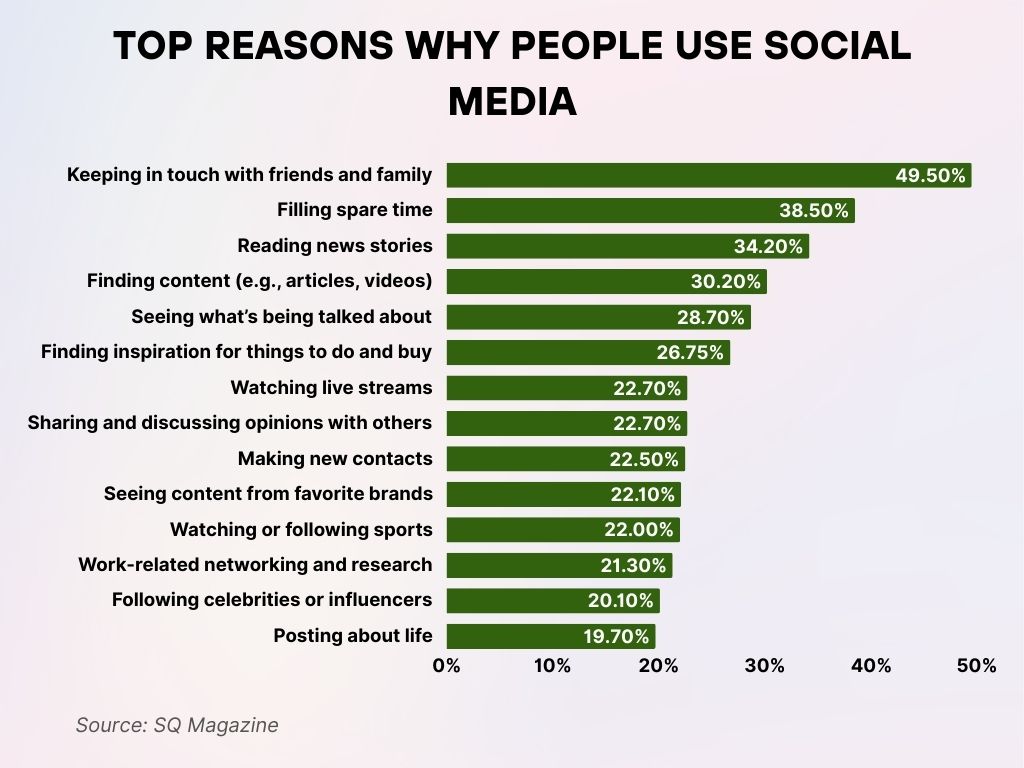
Cognitive Effects of Prolonged Social Media Use
- Daily social media usage of over 3 hours has been linked to a 28% increase in difficulty sustaining attention during offline tasks.
- A 2025 study found that heavy users (5+ hours daily) are 33% more likely to experience attention fragmentation symptoms.
- Prolonged exposure to rapid content streams decreases working memory efficiency by 11%.
- Over 40% of Gen Z report feeling mentally drained after extended scrolling sessions, with cognitive fatigue peaking after 45 minutes.
- Individuals who use social media during study or work sessions are 2.2 times more likely to make attention-related errors.
- A recent meta-analysis of 38 studies revealed that prolonged use of TikTok reduces prefrontal cortex responsiveness, impairing focus regulation.
- The average user checks their phone 96 times per day, breaking concentration cycles repeatedly.
- Multiscreen users show lower cortical activation in attention control centers compared to single-screen users.
- Social media overstimulation reduces the brain’s default mode network (DMN) activity, affecting self-referential thought and sustained focus.
- Users who deactivate social apps for 7 days report a 42% improvement in their ability to complete complex tasks without interruption.
Role of Notifications and Multitasking in Attention Disruption
- Mobile notifications interrupt the average user over 100 times per day, fragmenting attention loops.
- 63% of people admit to checking notifications within 60 seconds of receiving them, even during work or school tasks.
- Each notification-induced distraction takes 23 minutes on average to fully recover from, according to focus restoration studies.
- In-app notifications on TikTok and Instagram increase session re-entry by 34%, reinforcing habitual checking.
- 71% of users say app badges (e.g., red notification dots) compel them to open the app immediately.
- Muting social media notifications for a week leads to a 37% reduction in perceived stress and attention scatter.
- 43% of US college students report multitasking across 3+ screens during study sessions.
- People who multitask while consuming short-form content retain 32% less information than those who consume content passively without interruptions.
- Push notifications with sound are 2.7x more likely to cause immediate task-switching behavior than silent alerts.
- Platforms that integrate gamification mechanics like Snapchat’s streaks and TikTok’s coin rewards reinforce dopamine feedback loops, making it harder for users to disengage.
Impact of Social Media on Emotional Well-Being
- 70% of users with low social-emotional well-being feel left out or excluded on social media, compared to only 29% of those with high well-being.
- 43% of low well-being users have deleted posts due to too few “likes,” while only 13% of high well-being users have done the same.
- 43% of those with low well-being feel bad if their posts don’t get likes or comments, versus just 11% with high well-being.
- 35% of low well-being users have experienced cyberbullying, compared to only 5% among those with high social-emotional well-being.

Attention Span Differences Between Video and Text-Based Platforms
- Video platforms like TikTok and Instagram Reels retain attention 2.4 times longer than text-only platforms.
- The average user spends 58 seconds watching video content vs. 12 seconds reading a social post.
- Text-based content on X (formerly Twitter) sees a bounce rate of 71%, while video tweets retain users 22% longer.
- Readers of Facebook text posts retain just 20% of the message, compared to 47% retention for video posts.
- YouTube’s average session duration is 40 minutes, compared to 5.3 minutes on Reddit, a primarily text-driven platform.
- Platforms prioritizing video (e.g., TikTok) show a 45% higher dopamine response, increasing addictive scrolling behavior.
- Users are 3.1 times more likely to share video content than text-based content.
- Long-form video platforms like YouTube have higher re-engagement rates compared to static text threads.
- Reading speed slows by 27% on mobile devices compared to desktops, reducing the effectiveness of text-based content.
- Interactive video formats (like polls and Q&A) retain attention for 62% longer than standard video or text.
Insights from Neurological and Behavioral Research
- Functional MRI scans show that dopaminergic system activity spikes during short-form video consumption.
- Neuroplasticity changes linked to social media overuse can hinder the brain’s ability to filter distractions effectively.
- Studies reveal that the amygdala becomes hypersensitive with frequent exposure to high-stimulation content, increasing emotional reactivity.
- Behavioral scientists have found that continuous exposure to bite-sized content rewires the brain’s reward system to seek immediate gratification.
- Cognitive load theory explains that multitasking with digital media overwhelms short-term memory, impairing comprehension.
- EEG studies confirm that beta wave activity, associated with alert focus, is significantly reduced after 45 minutes of scrolling.
- In adolescents, social media overuse is tied to reduced gray matter in the anterior cingulate cortex, a region key to attention and impulse control.
- Neurological assessments show that attention span can be restored by up to 32% after just one week of digital detox.
- Digital fasting (reducing screen use by 50% daily) has been shown to enhance mental clarity and working memory in 9 out of 10 subjects.
- Brain scans show that multisensory video content activates wider neural networks than text, sustaining focus longer.
Most Used Social Media Platforms by Marketers
- 86% of marketers utilize Facebook, making it the most widely used platform for marketing efforts.
- Instagram follows closely with 79% of marketer adoption, showcasing its strong visual and engagement appeal.
- 65% of marketers use LinkedIn, highlighting its importance in B2B and professional marketing.
- 51% rely on YouTube, leveraging video content to reach and engage audiences.
- X/Twitter is used by 31% of marketers, reflecting a decline, but still a relevant presence.
- TikTok is utilized by 28%, indicating growing interest in short-form video marketing.
- Only 9% of marketers currently use Threads, suggesting it’s still in the early adoption phase.
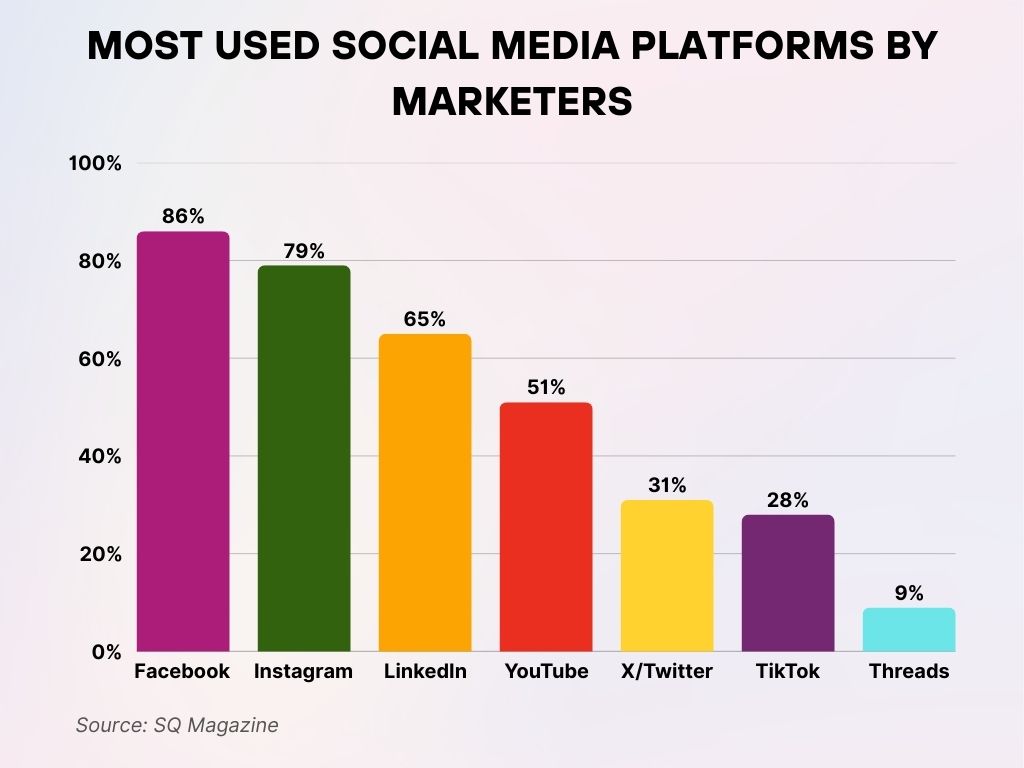
Strategies Platforms Use to Increase Engagement Time
- TikTok’s “For You” page uses real-time interest prediction to keep users scrolling for an average of 54 minutes per session.
- Instagram’s “Add Yours” sticker feature has increased engagement on Stories by 22% since launch.
- YouTube encourages binge-watching through auto-play next, which accounts for 48% of total watch time.
- Facebook deploys emotional content clustering, grouping posts by emotional resonance to increase user retention by 15%.
- Threads and Twitter use engagement velocity metrics to boost content visibility within the first 3 minutes of posting.
- Snapchat’s Snap Map and Streaks system extends session length by encouraging social accountability and daily check-ins.
- Pinterest uses AI-driven content personalization, increasing time spent per user by 27%.
- LinkedIn boosts post visibility by analyzing comment sentiment, promoting positive engagement loops.
- Reels and Shorts include video remixing features, increasing participation by lowering content creation barriers.
- Spotify and YouTube Music leverage algorithmic repetition, playing similar content repeatedly to build habit loops and extend session time.
Recent Developments in Attention Span Research
- A 2025 Harvard study revealed that mobile-first users have 20% lower sustained attention than desktop-first users.
- MIT’s Media Lab discovered that “phantom notification syndrome” affects 78% of Gen Z, impacting concentration.
- Research in 2024 showed that time-of-day usage patterns influence attention, with focus dips of 32% during evening scrolls.
- Wearable neurotrackers show attention drops of 17% within the first 90 seconds of multitasking between apps.
- Meta’s internal research found that users under age 25 switch focus every 39 seconds, up from 47 seconds in 2020.
- In 2025, Stanford researchers developed the “Digital Focus Quotient”, a new metric quantifying cognitive endurance on social platforms.
- Cognitive scientists are testing ambient attention cues, like screen dimming or auditory feedback, to improve platform usability and reduce burnout.
- Real-time attention analysis tools, such as eye-tracking and facial recognition, are being piloted to optimize content delivery.
- Attention span restoration therapies, including neurofeedback games, are being explored as a counter to digital overstimulation.
- Startups in 2025 are investing in focus-first platforms, limiting scroll time, and push alerts to foster healthier digital behaviors.
Impact of Video Impressions in Under 2 Seconds
- 38% of viewers experience brand recall from video impressions that last less than 2 seconds.
- 23% develop brand awareness within that same ultra-short timeframe.
- 25% show purchase intent, proving that even brief video ads can drive consumer action.

Conclusion
The modern attention span isn’t vanishing, it’s evolving. Fueled by ever-shorter content formats and attention-optimizing algorithms, platforms are shaping how we think, learn, and engage. While some argue we’re becoming more efficient at filtering content, others warn we’re training our minds for distraction. As digital citizens, understanding the science and strategies behind these changes allows us to reclaim control, adopt healthier habits, and make room for deeper focus in an age of rapid information flow.

